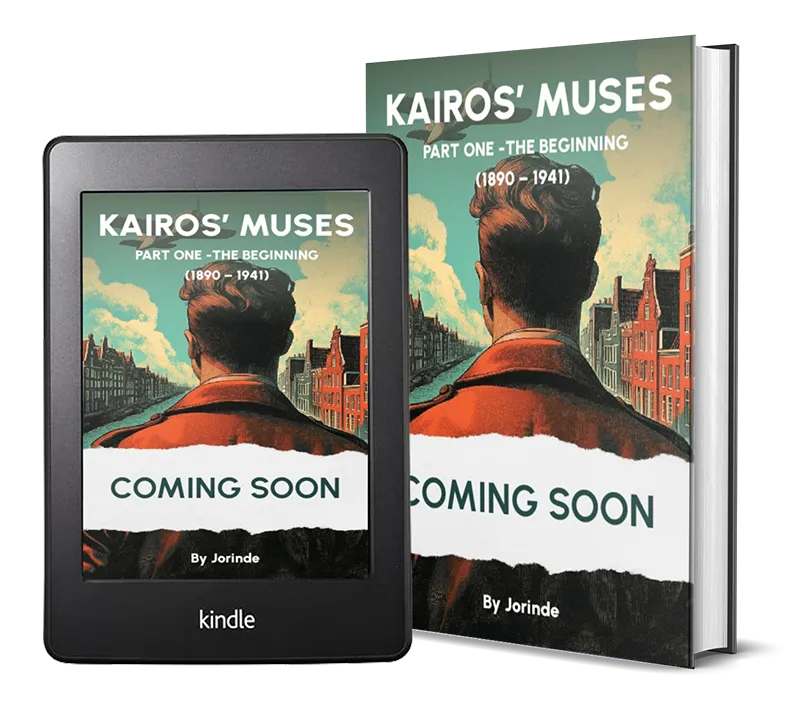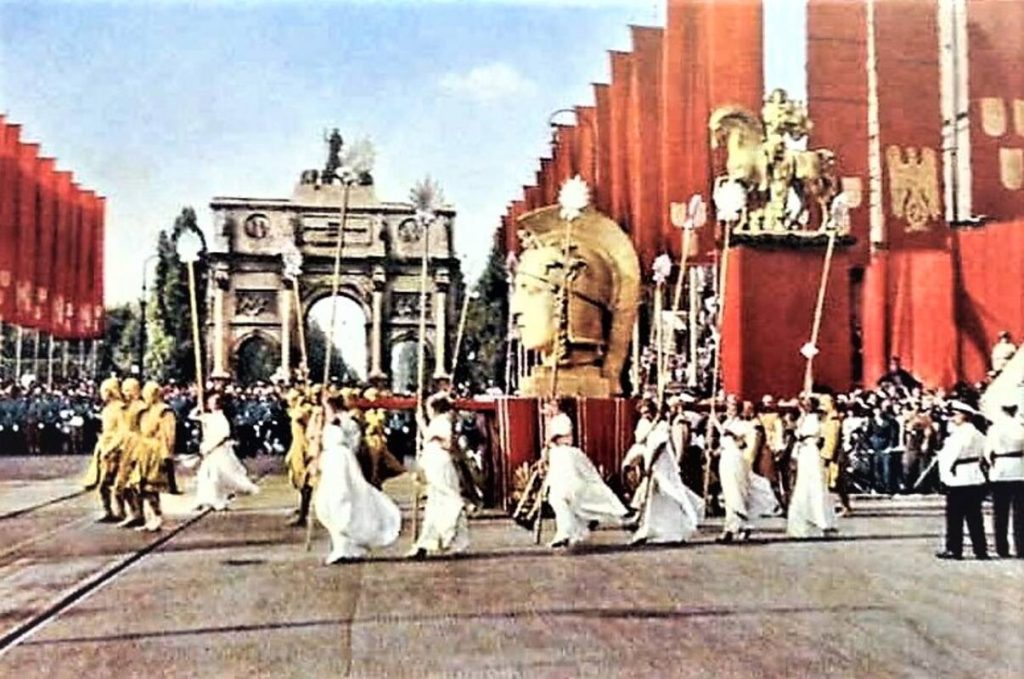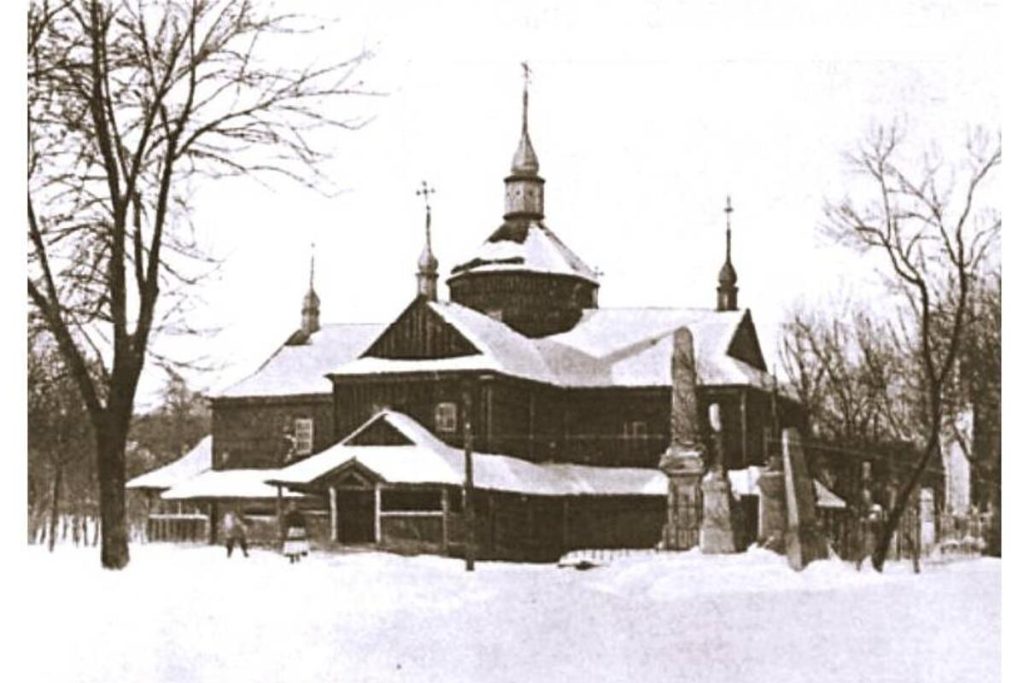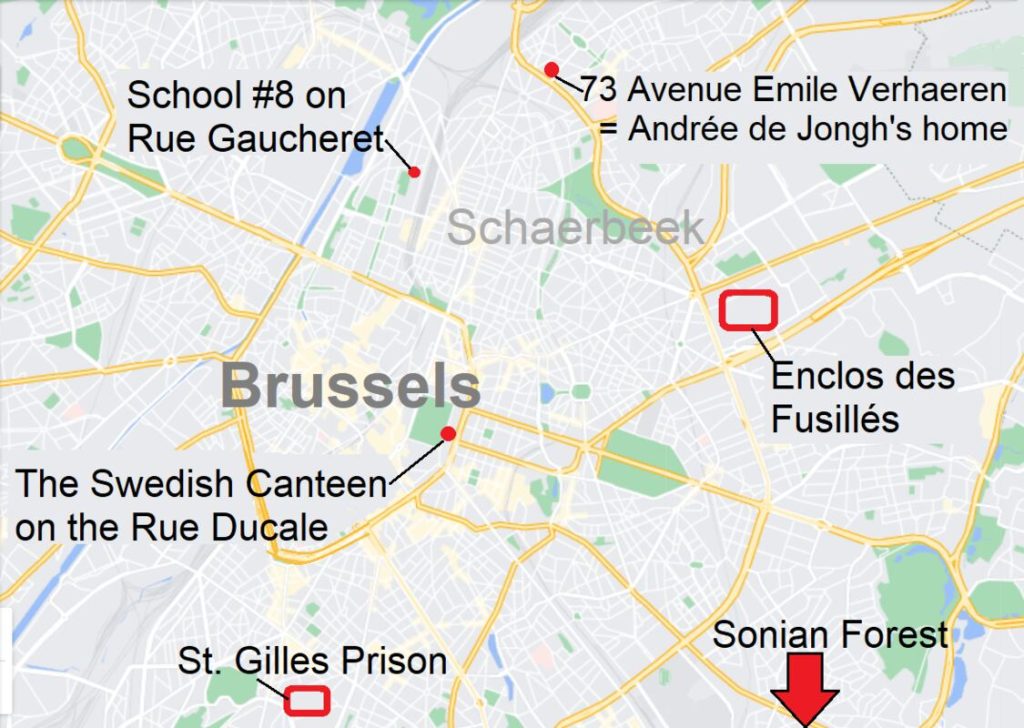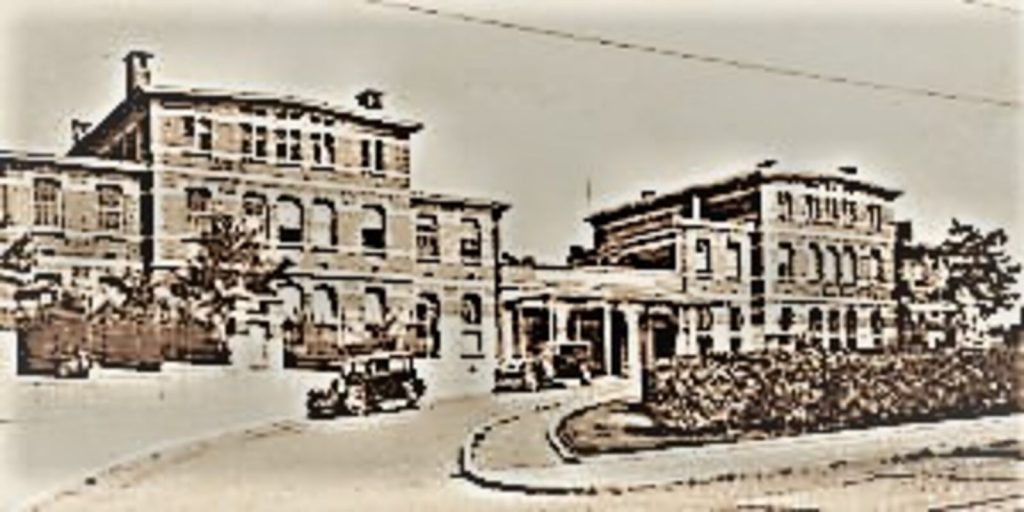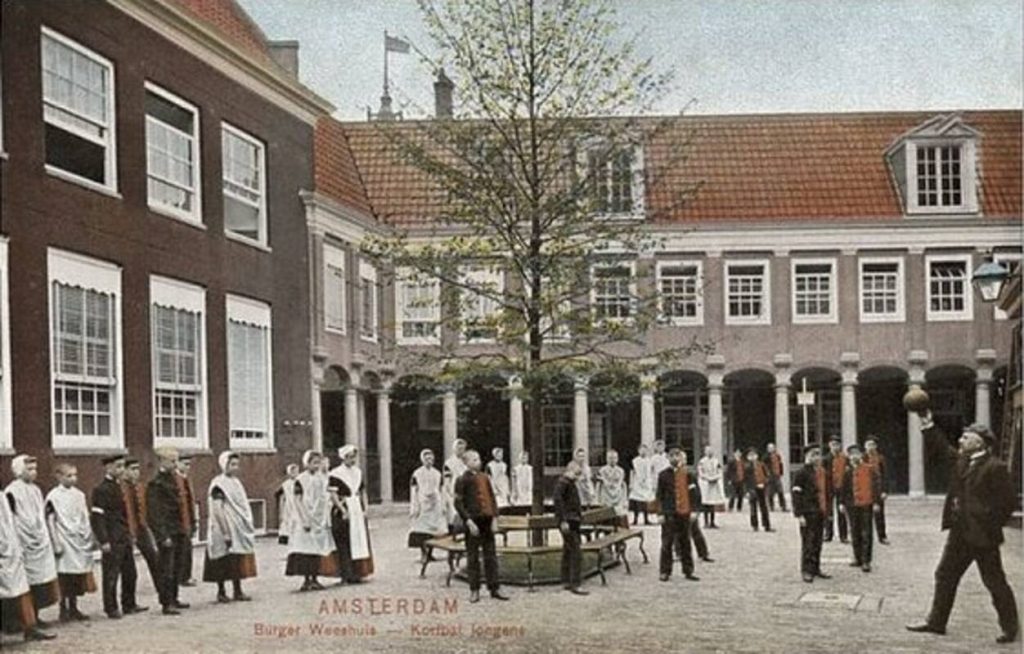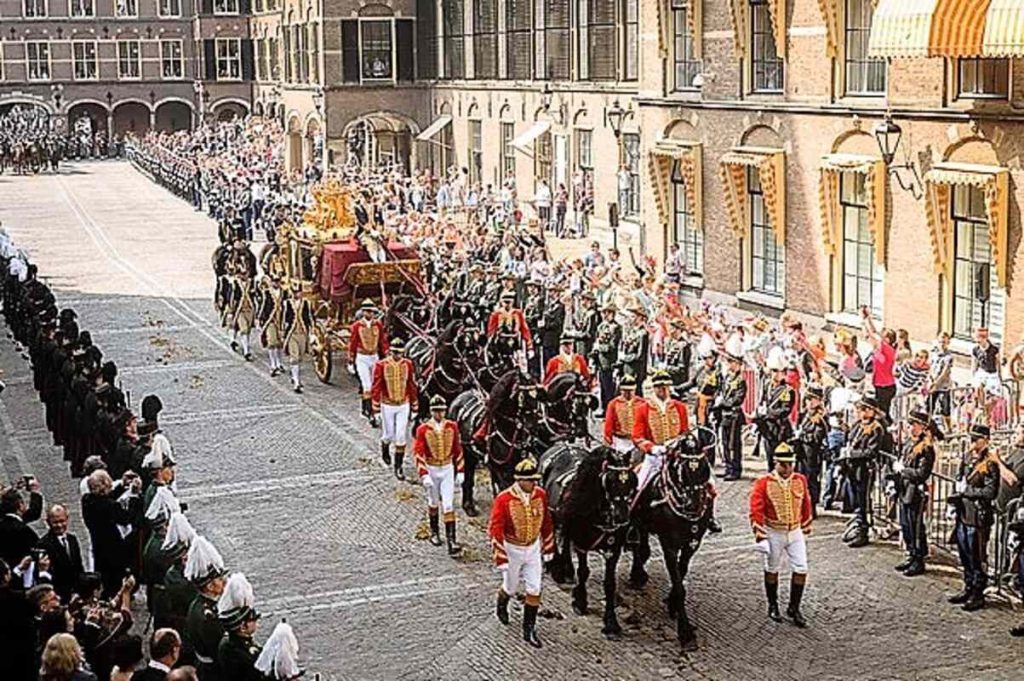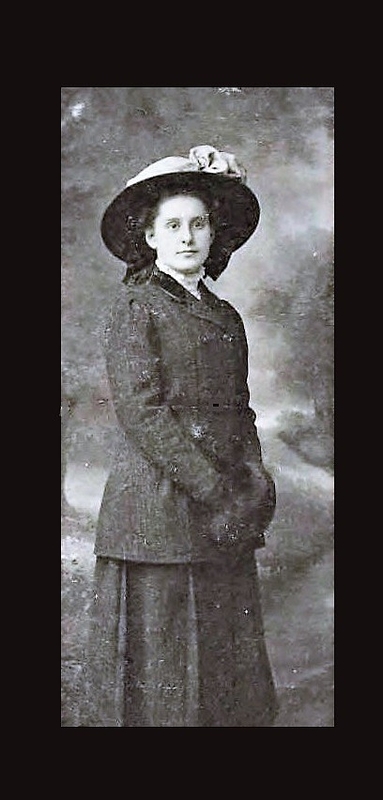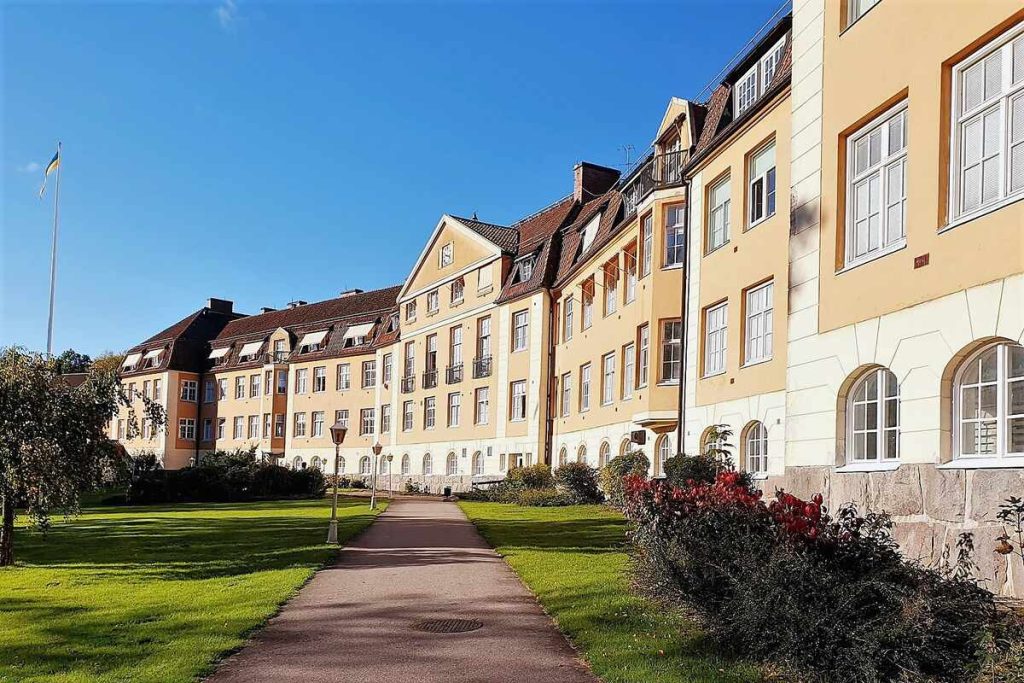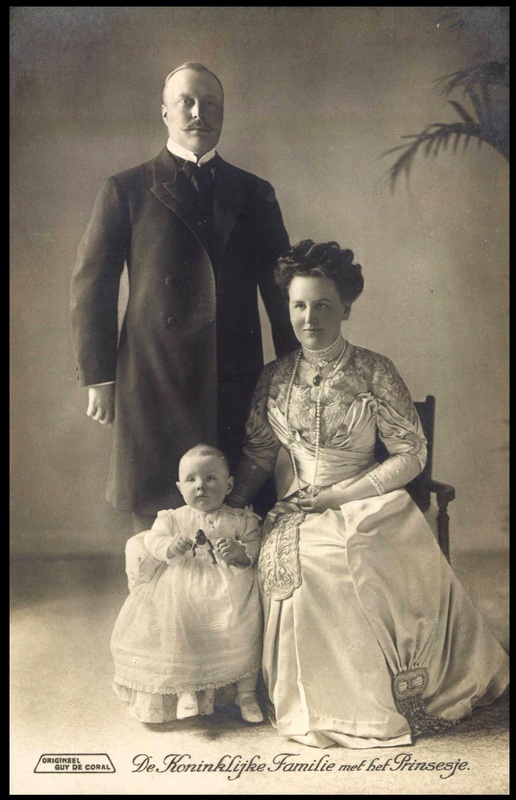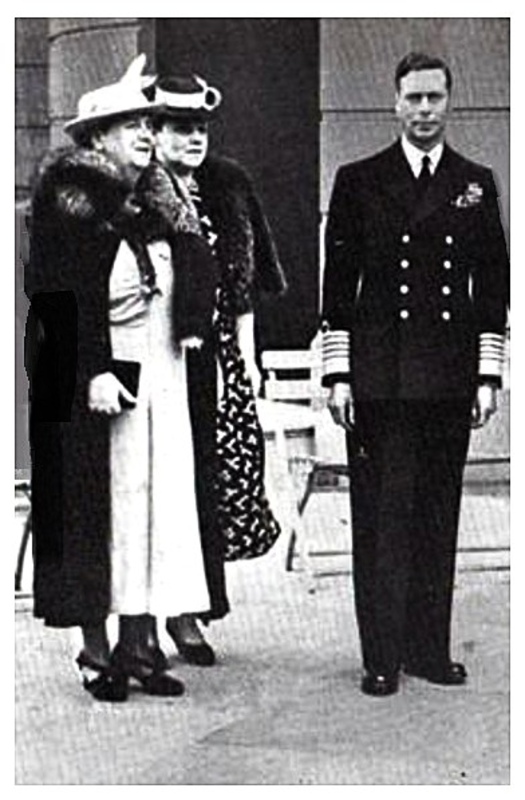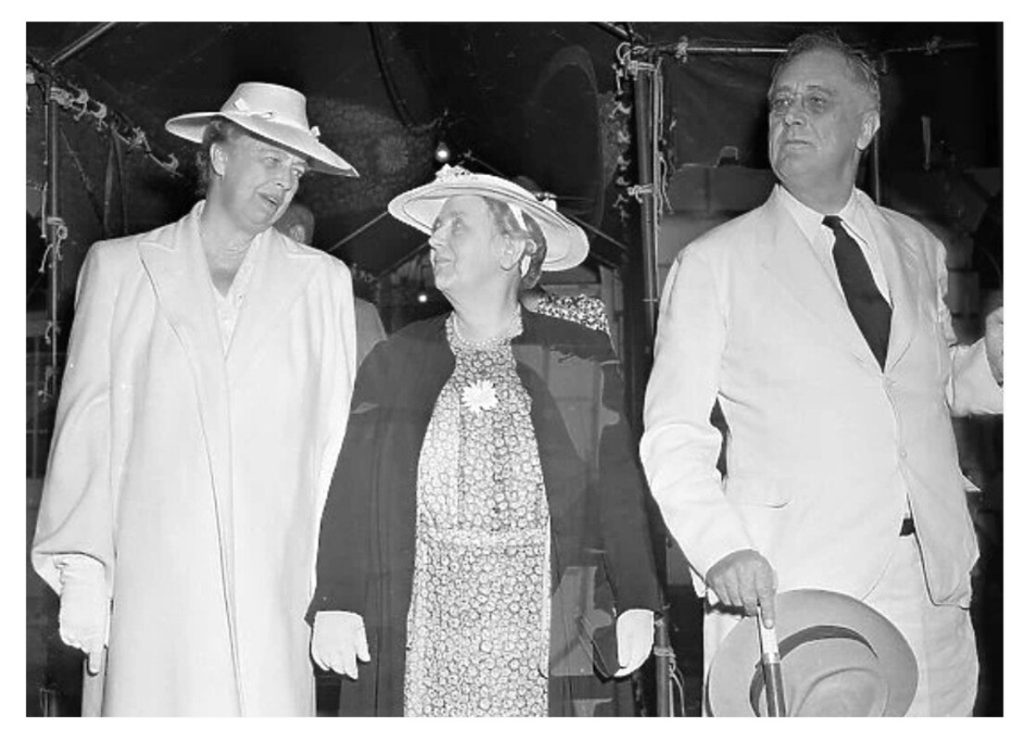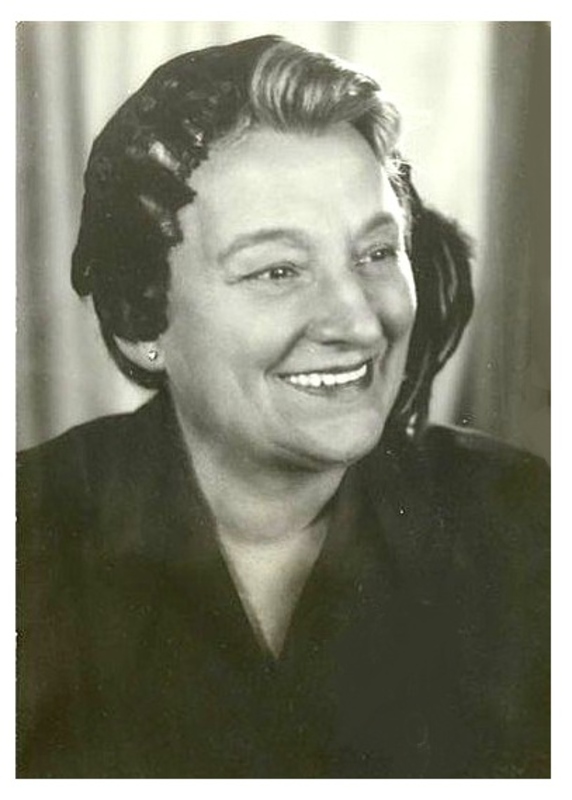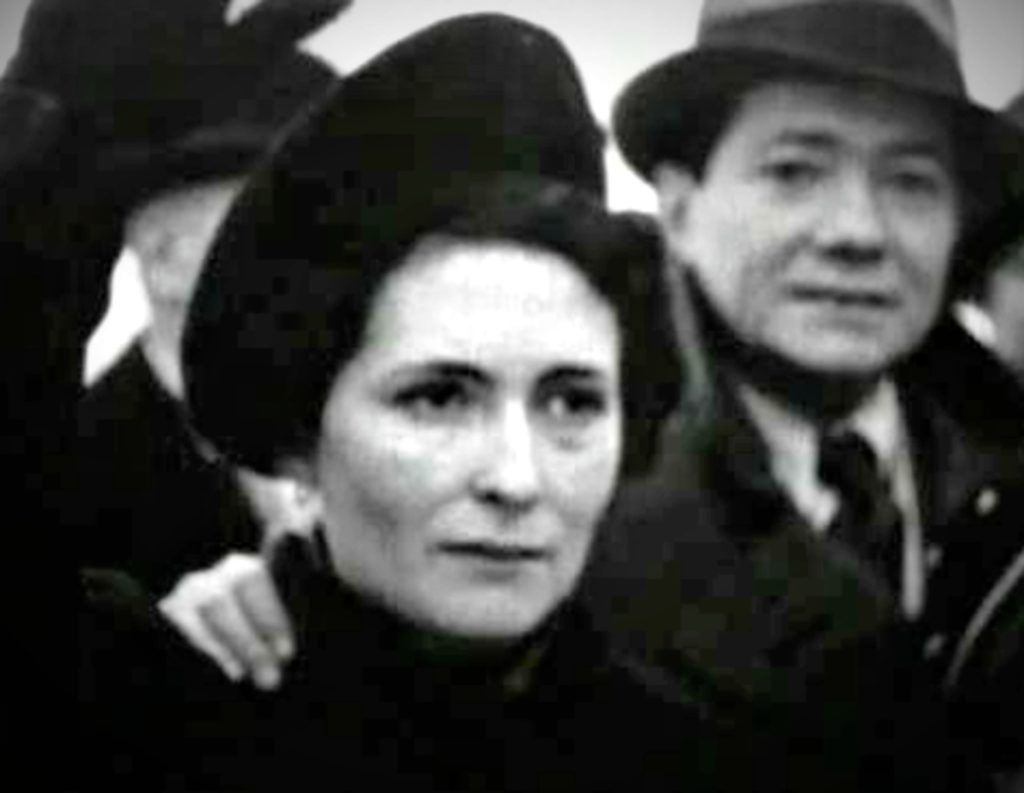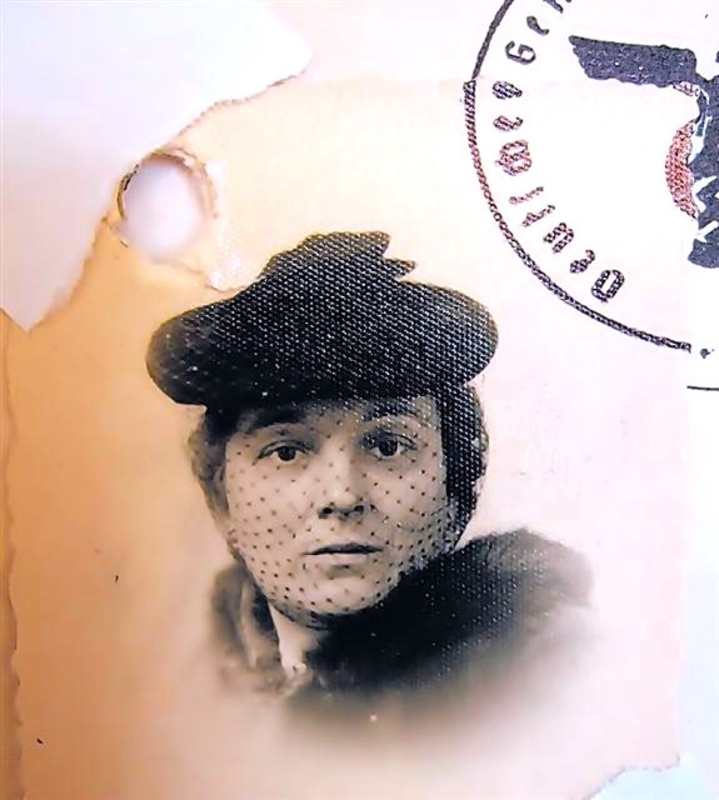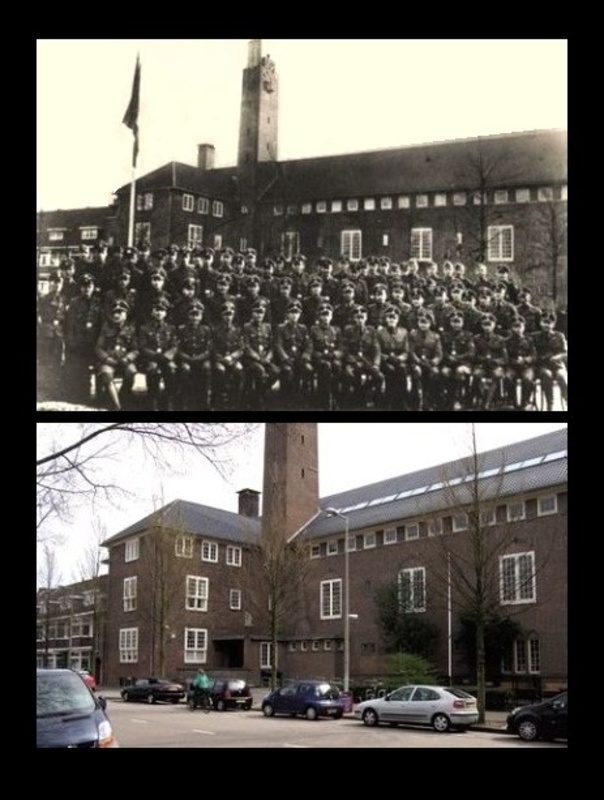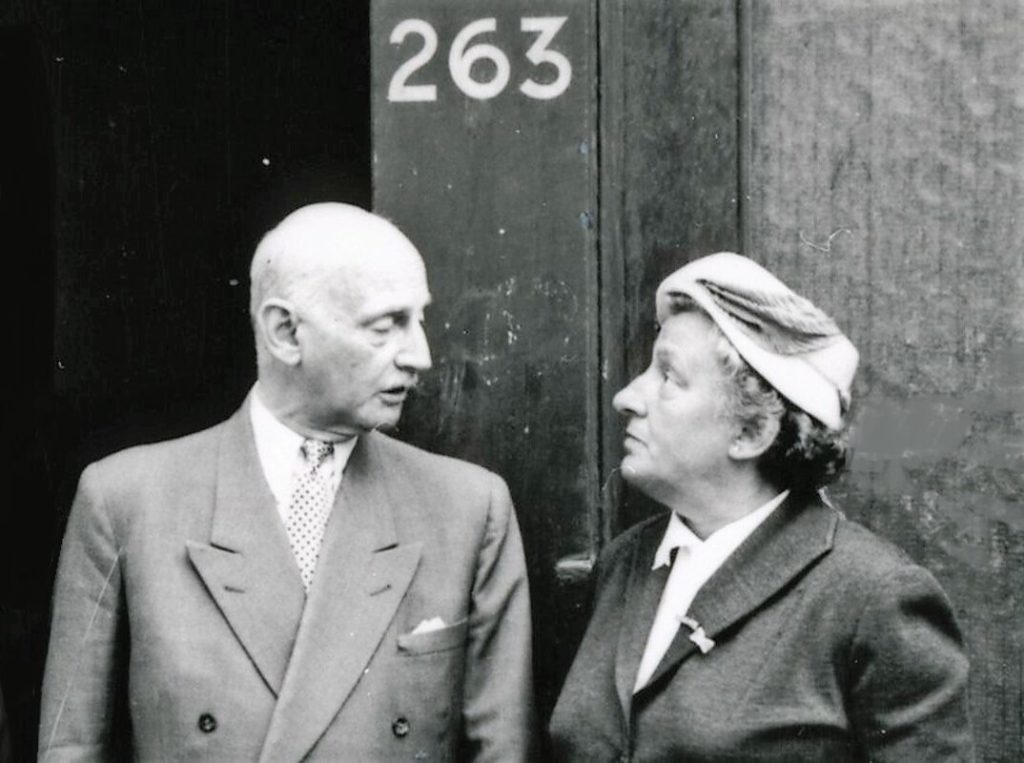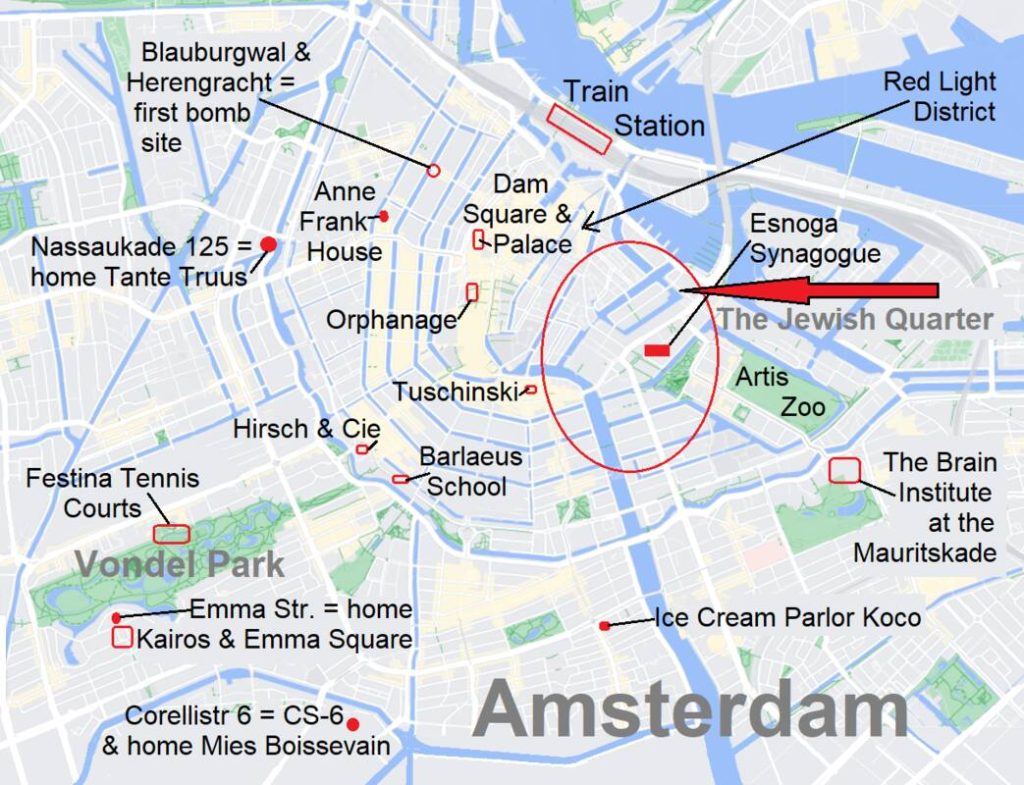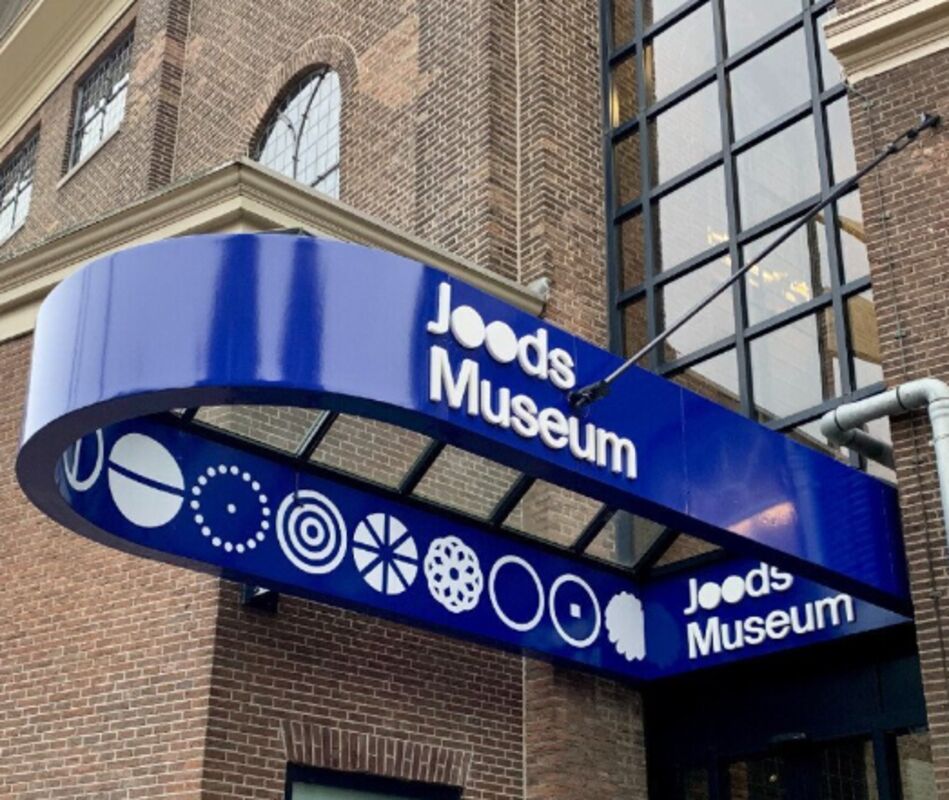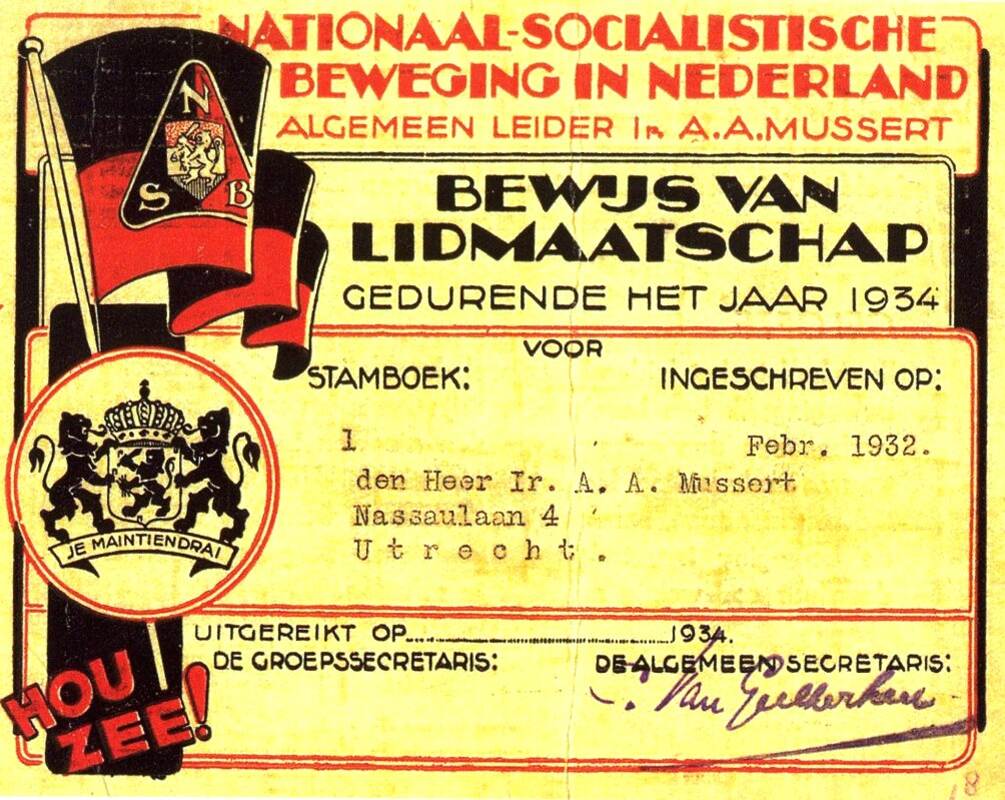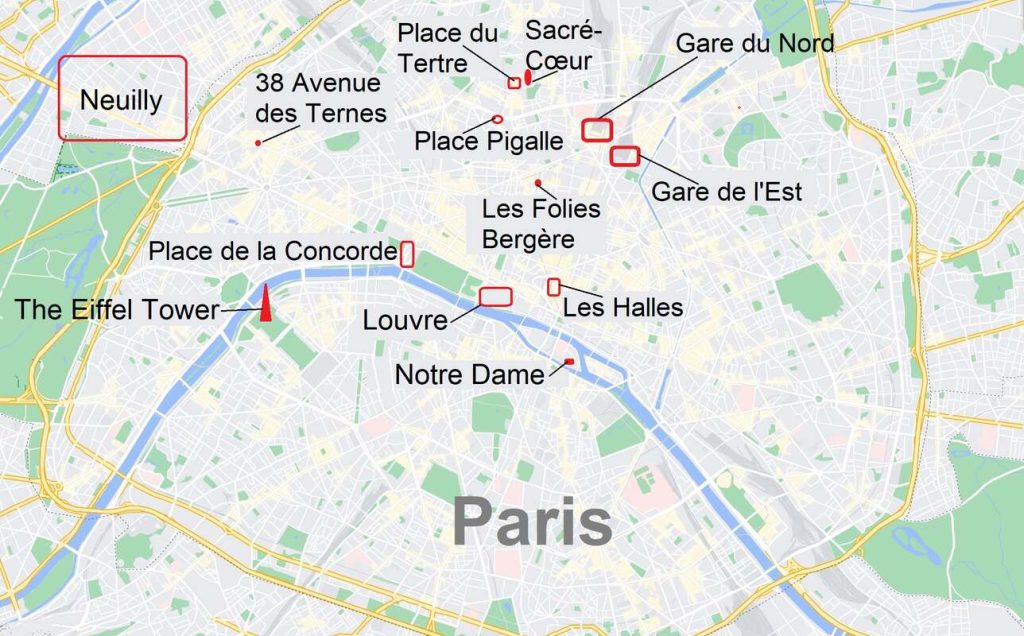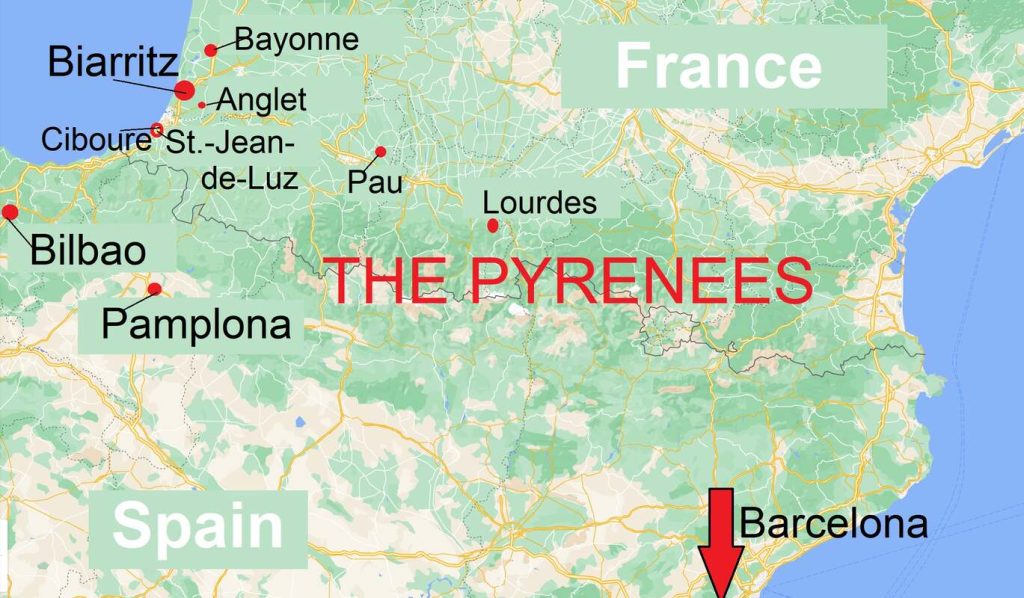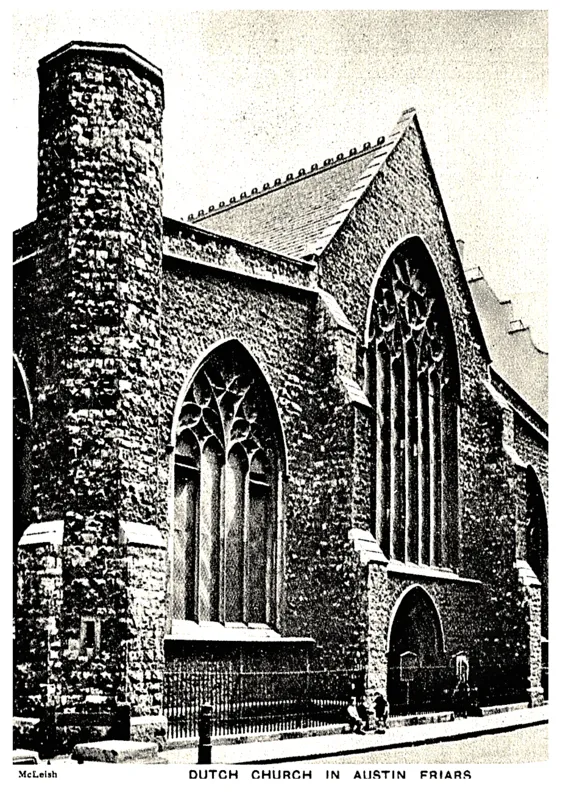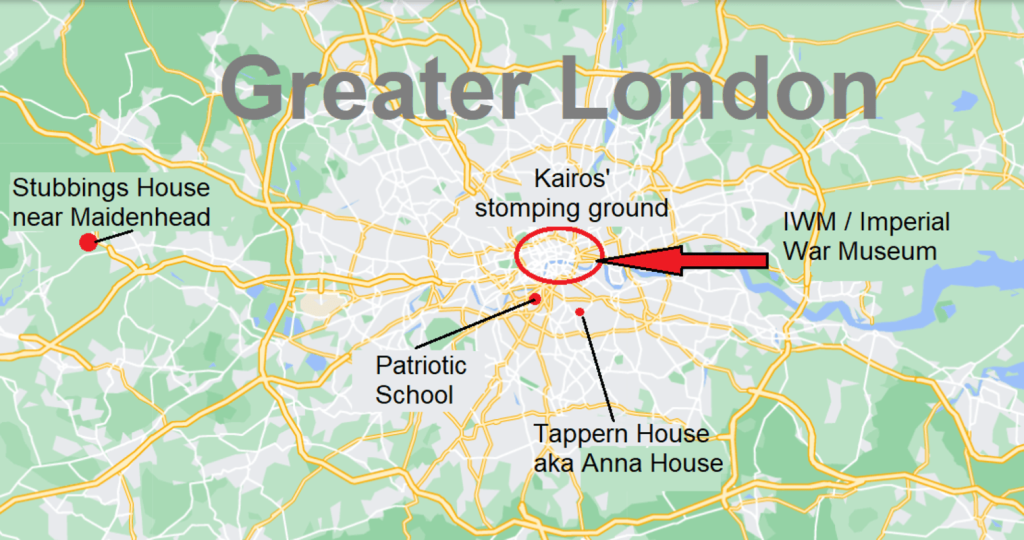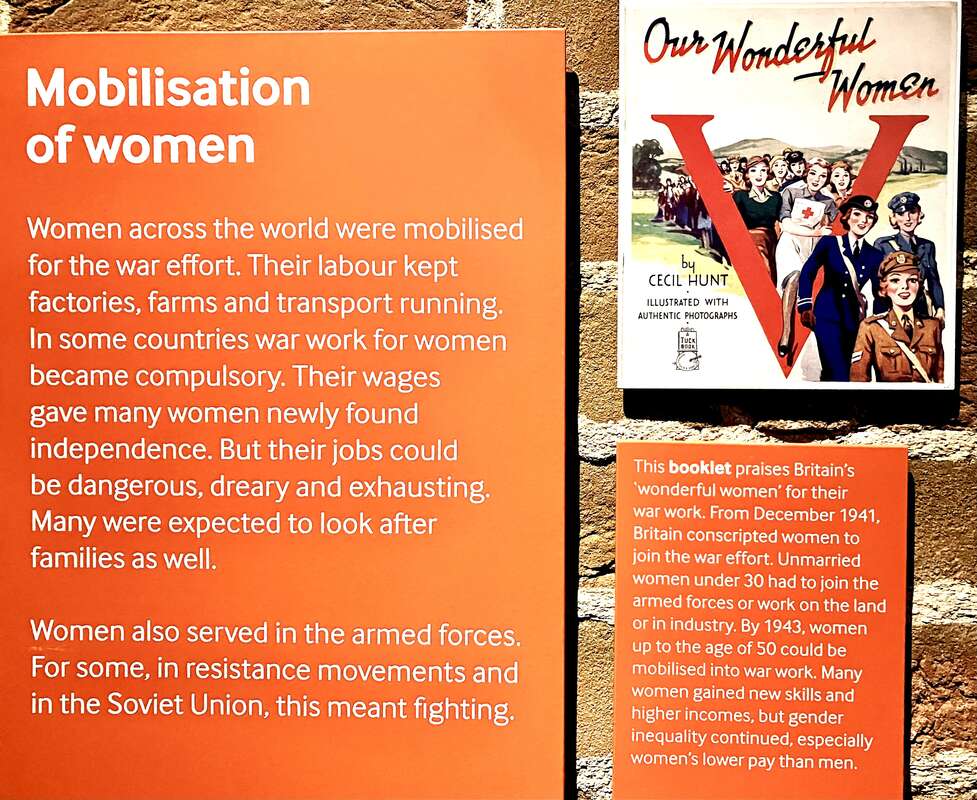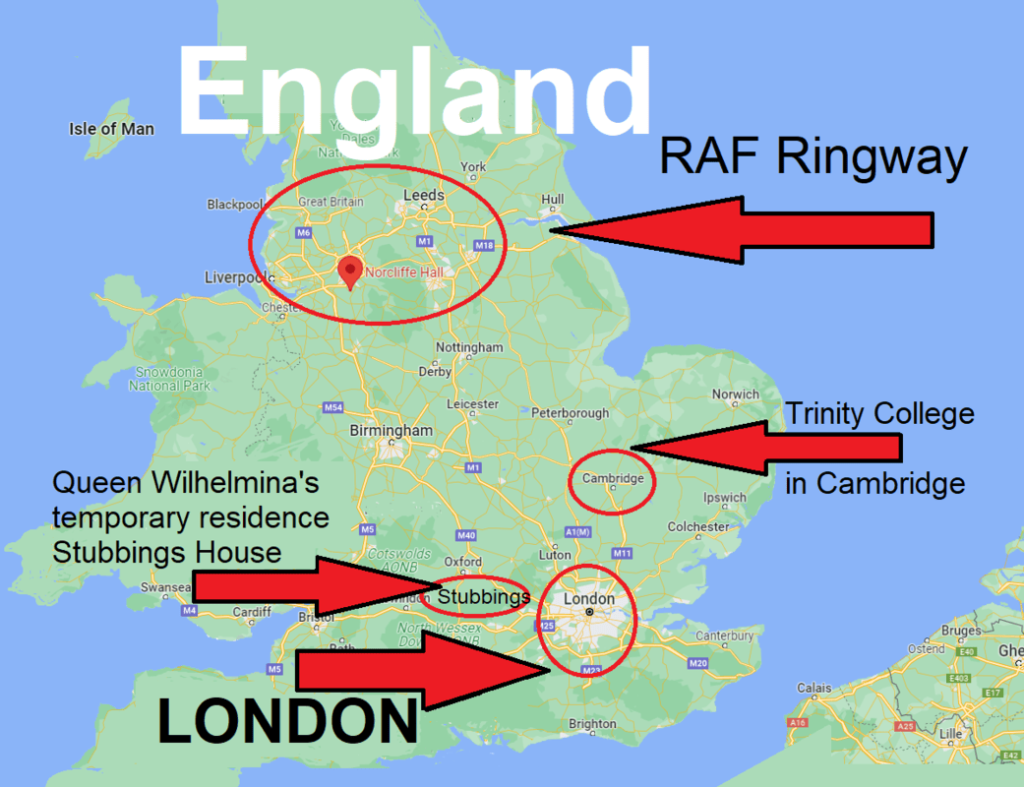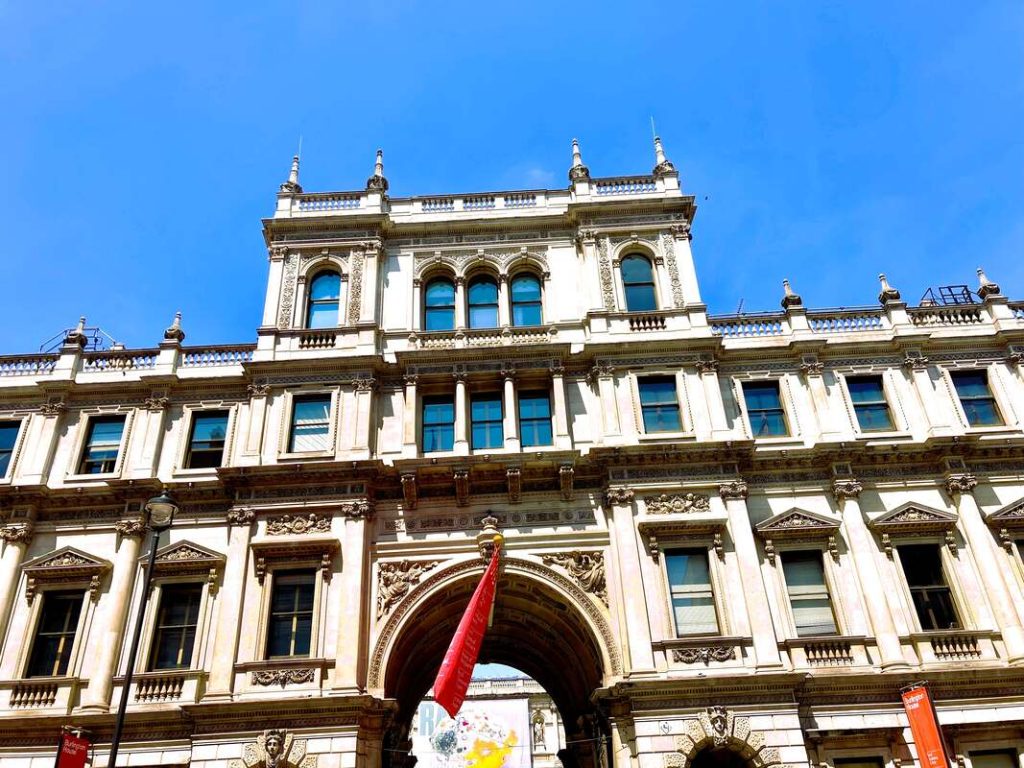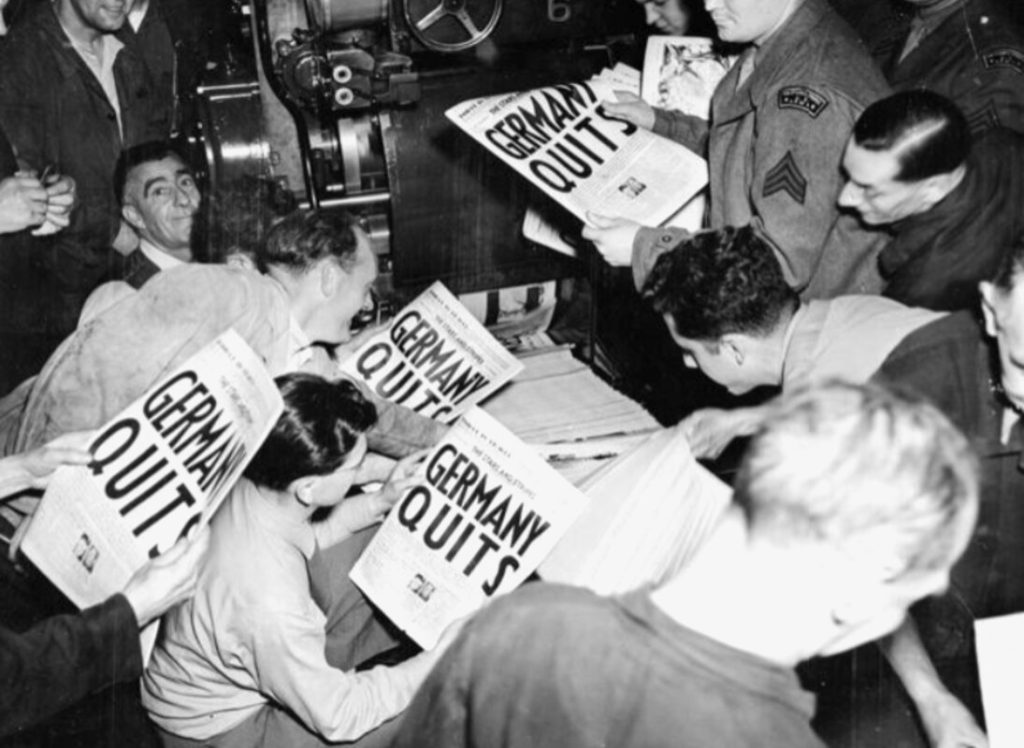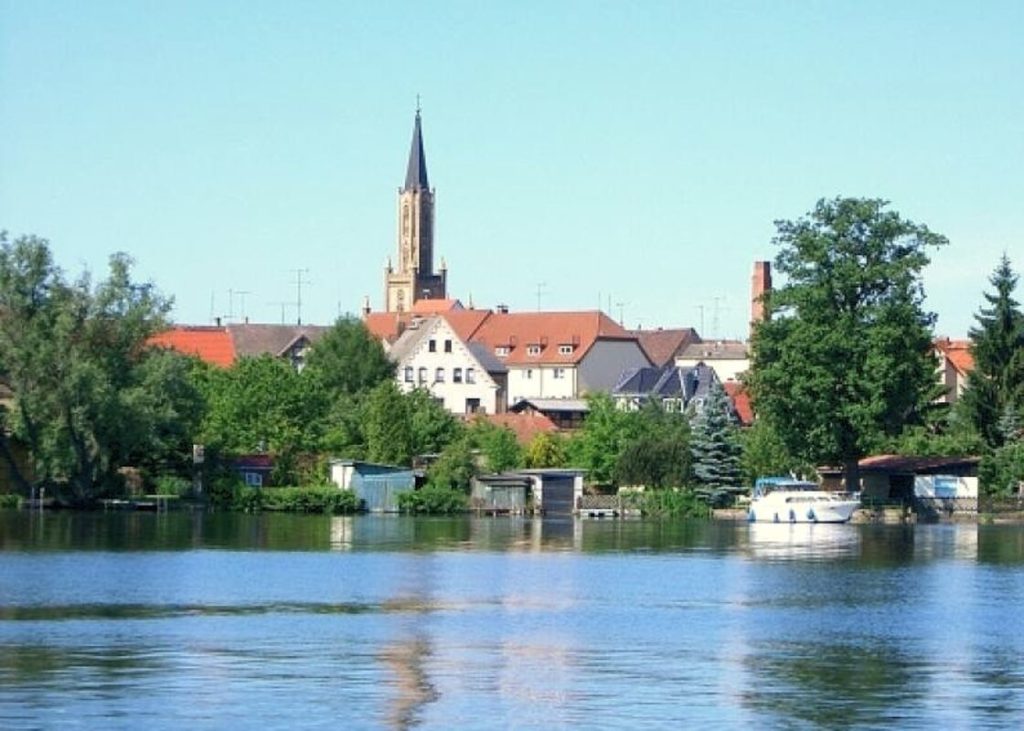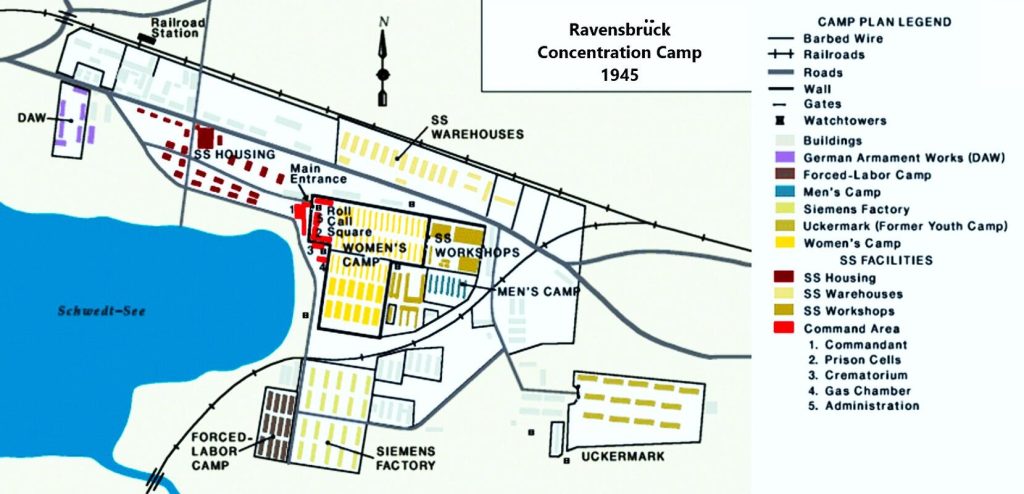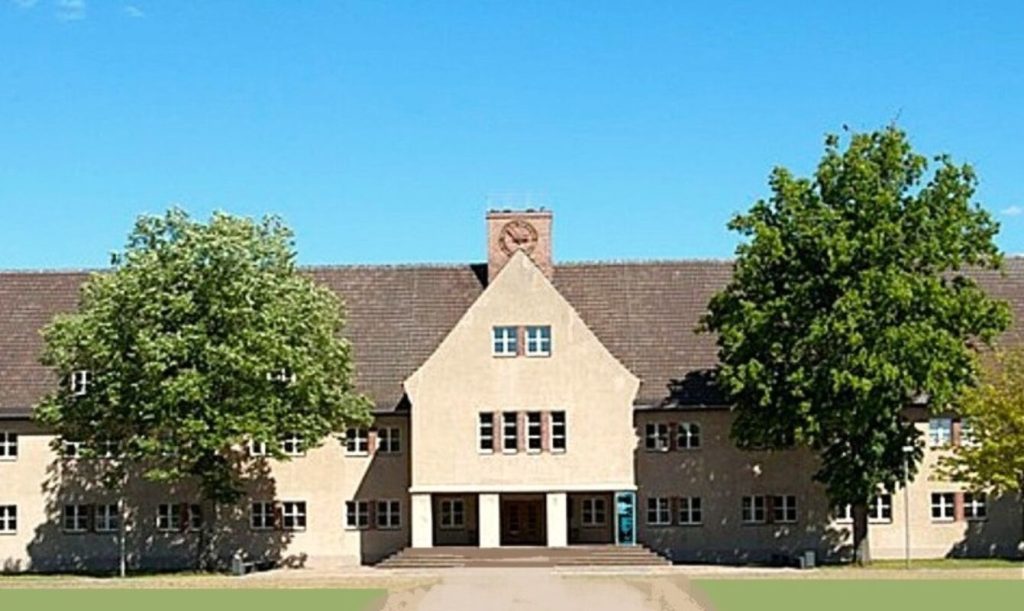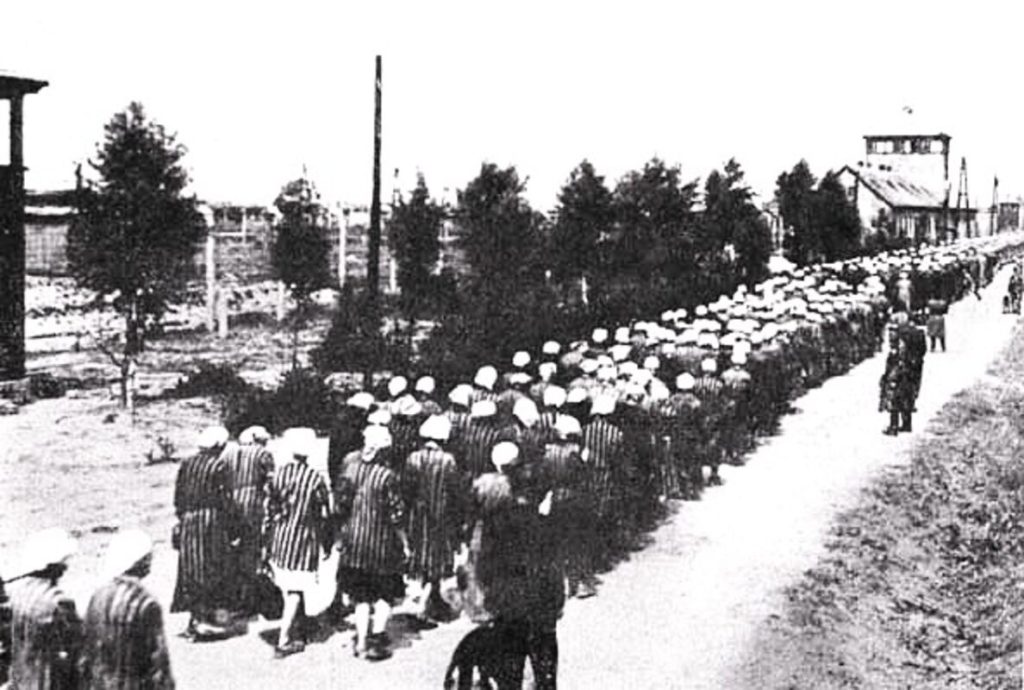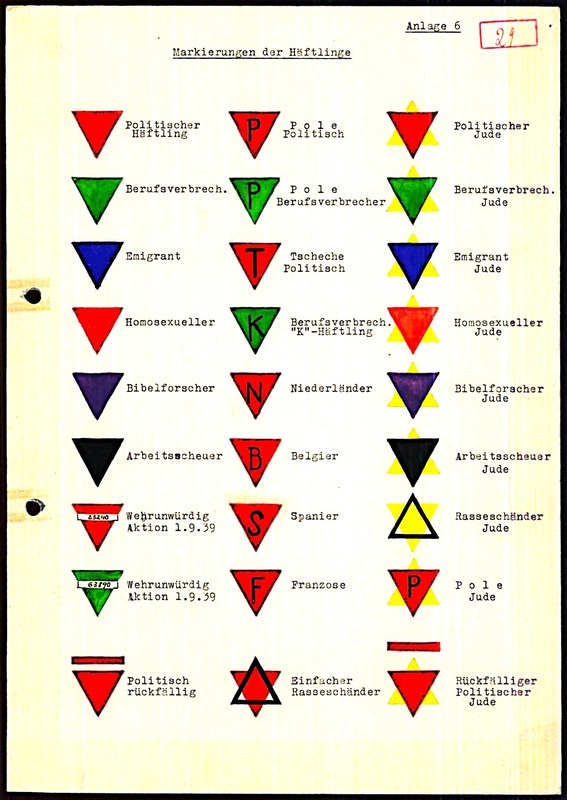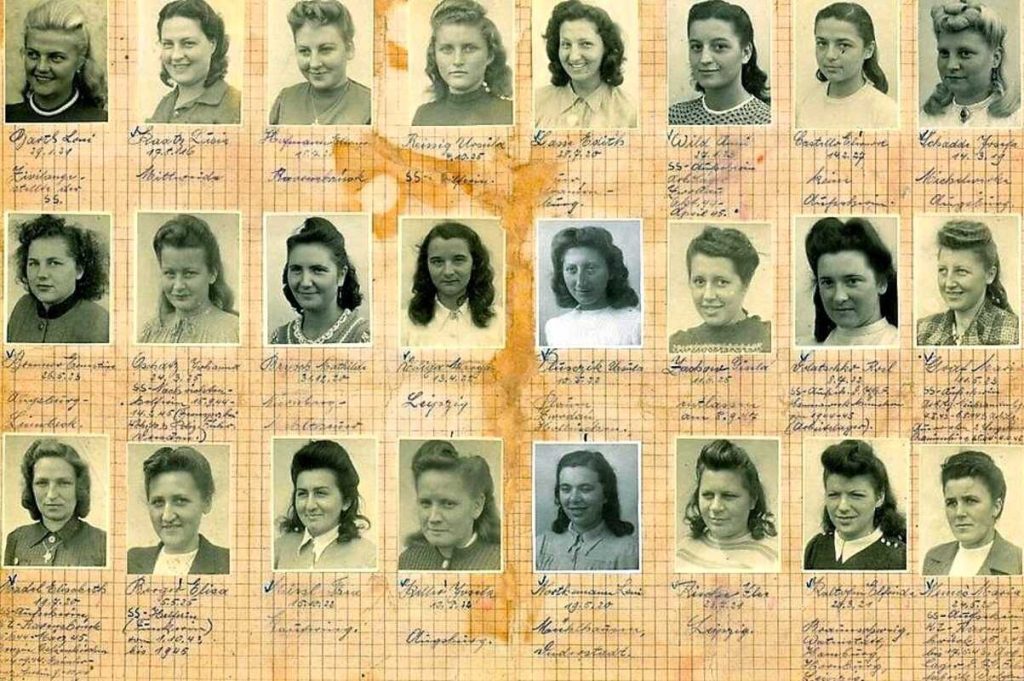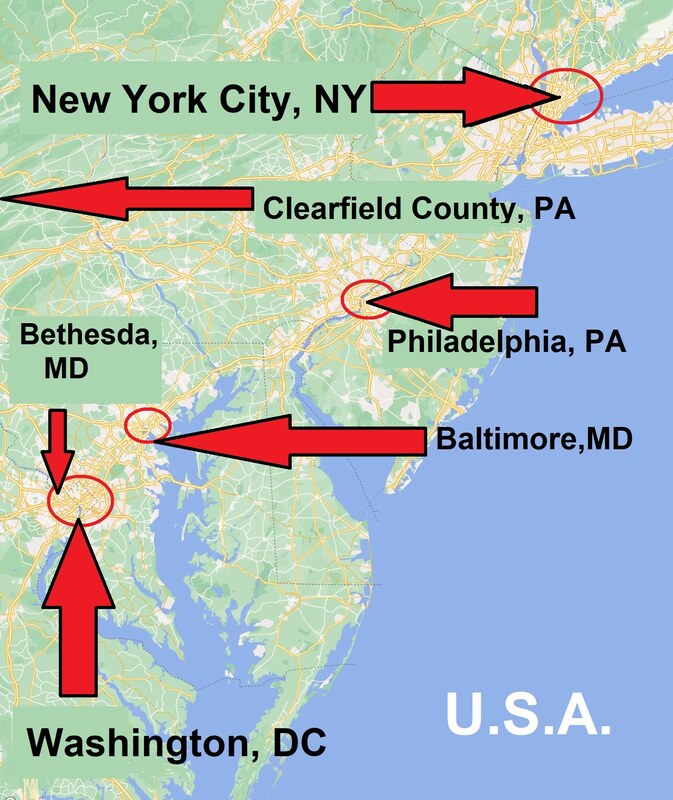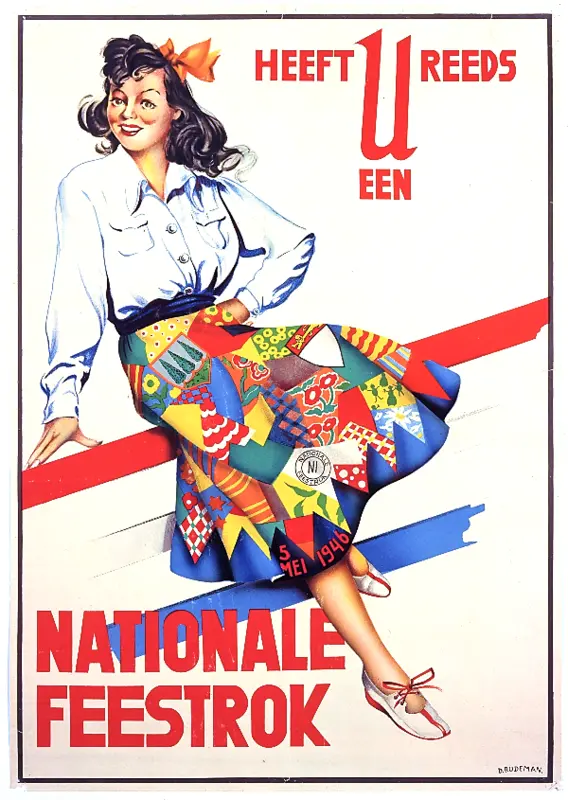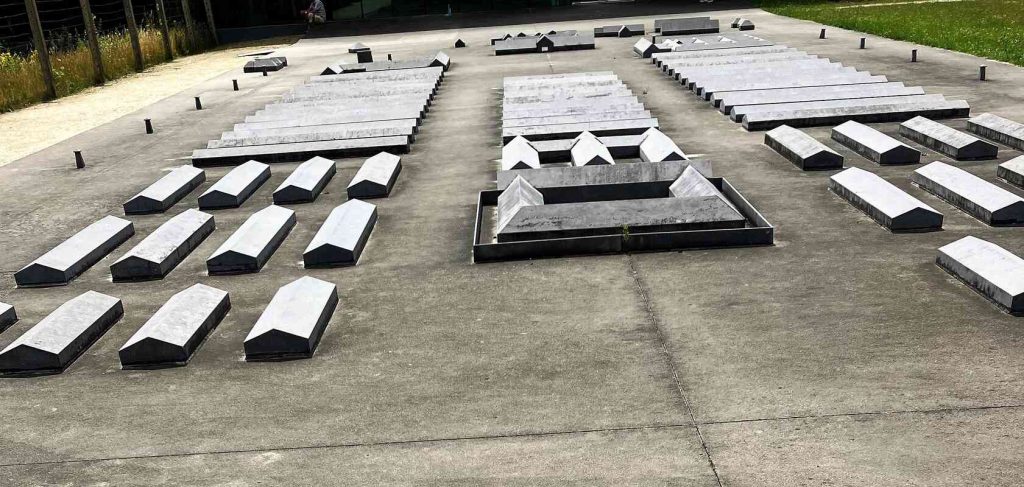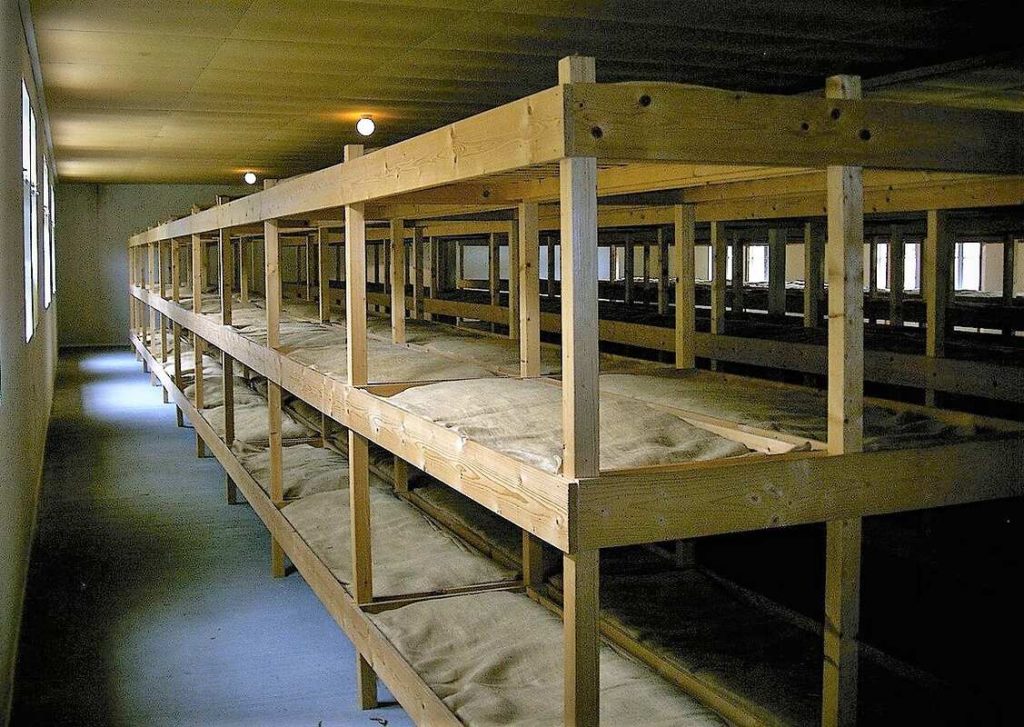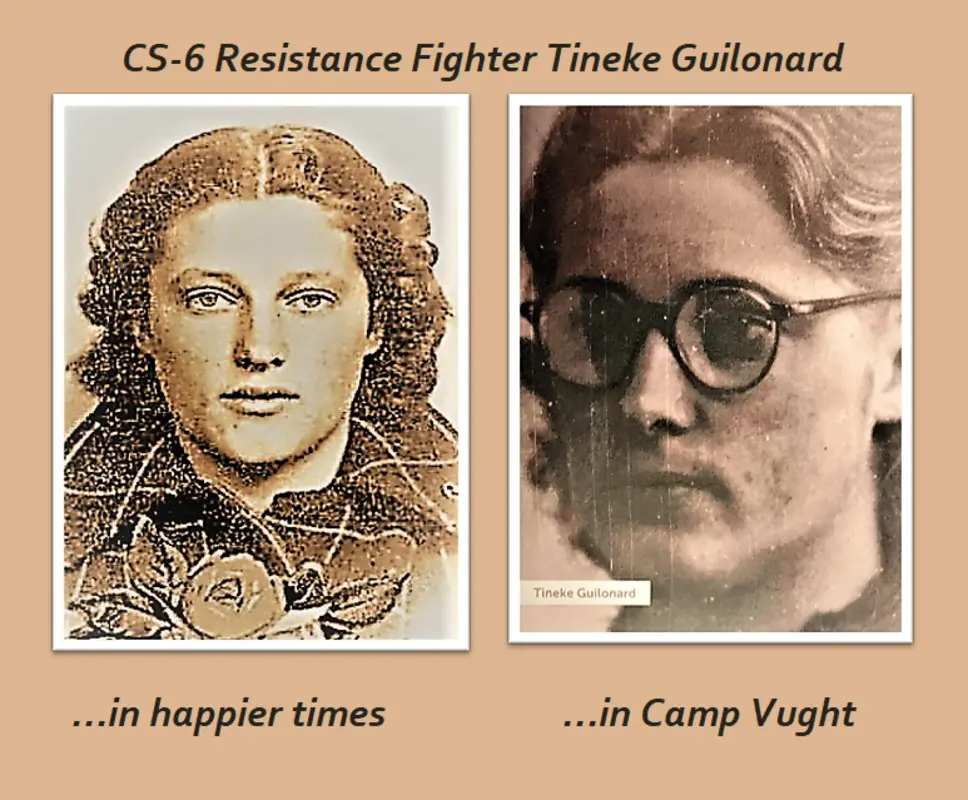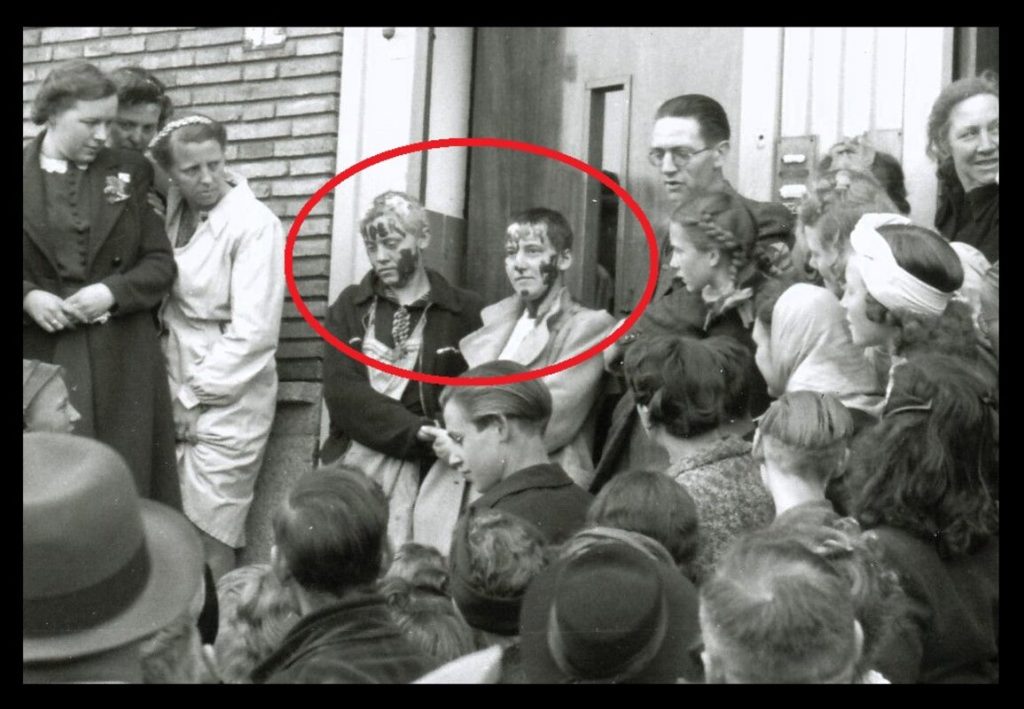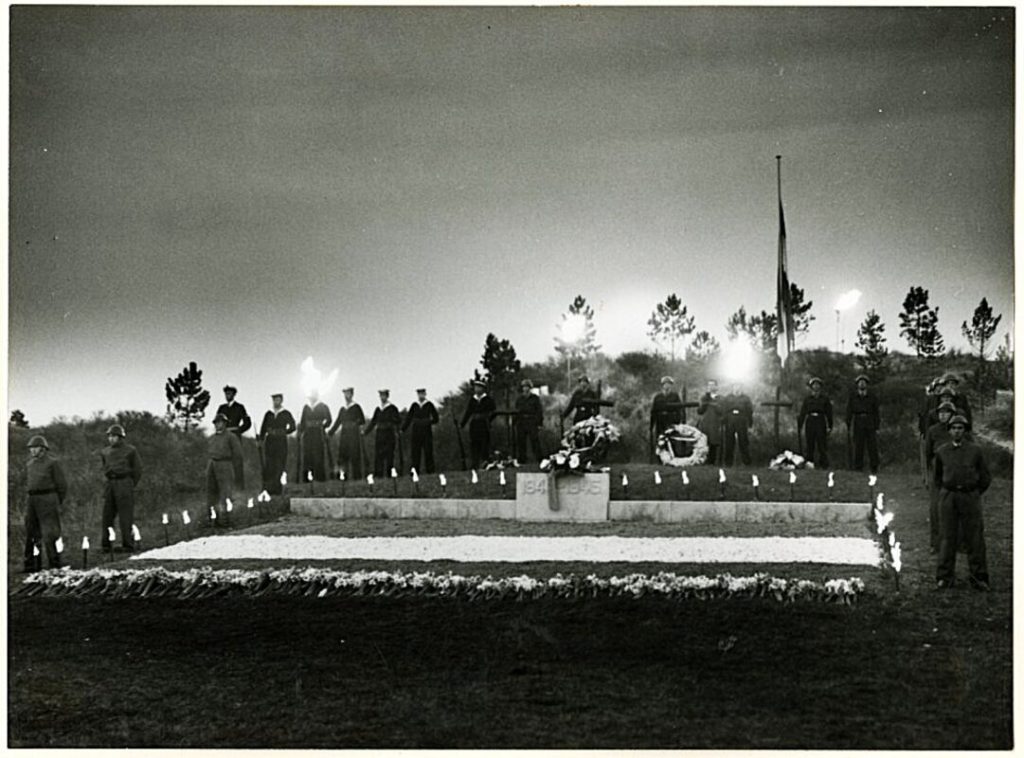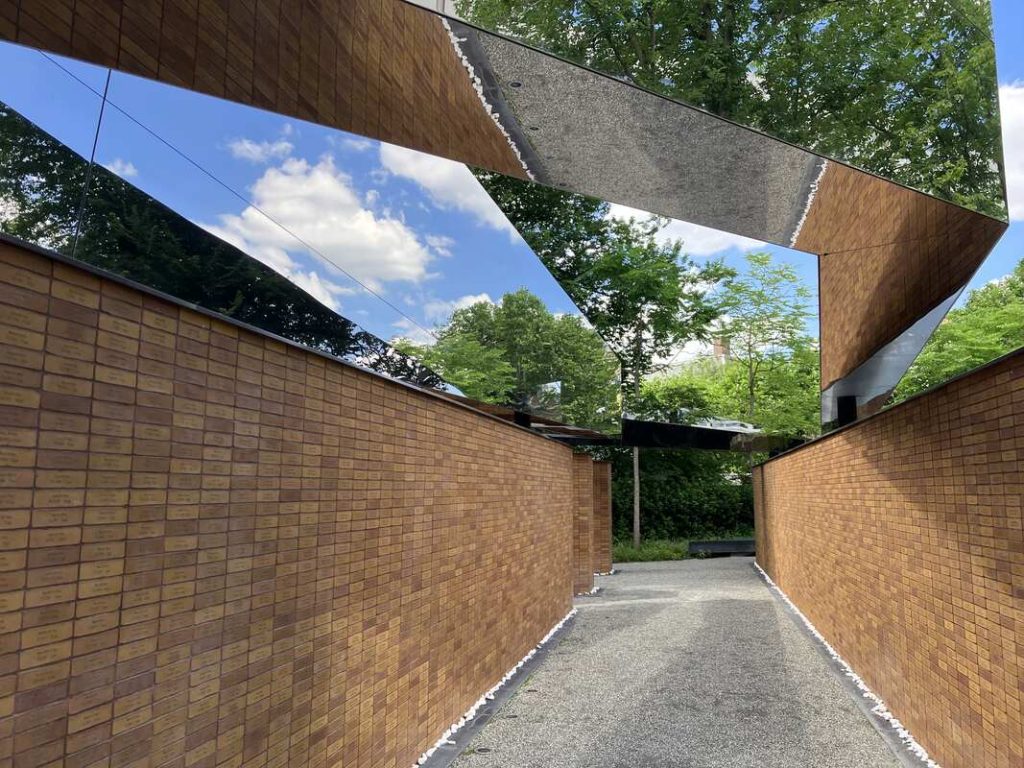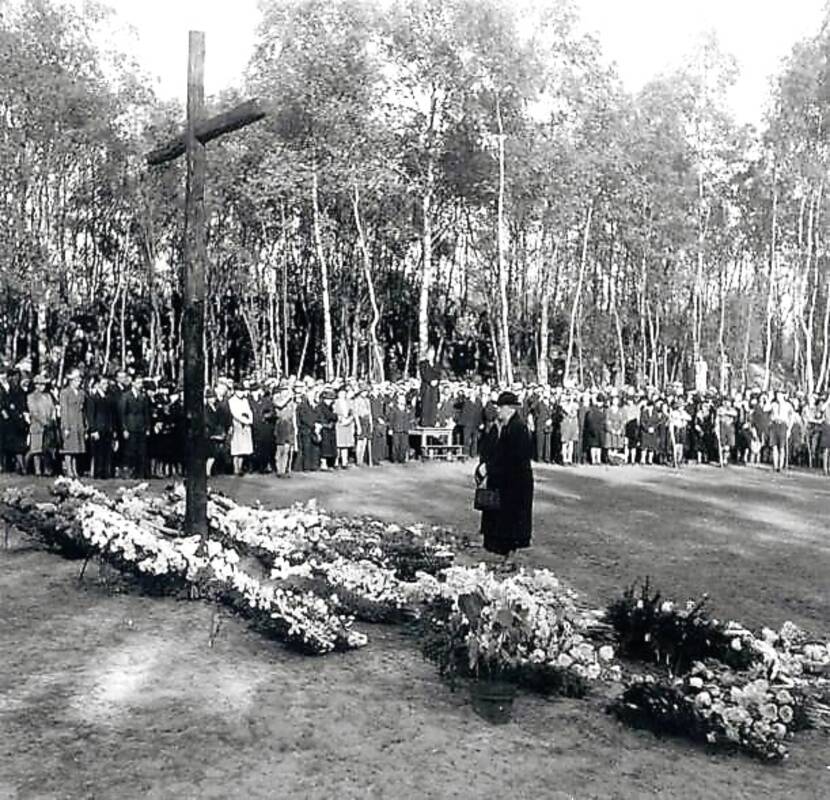ENGLAND – London at war (IWM collection)

Picture credits: Jorinde
While Buckingham Palace is to the West of St. James’s Park, Churchill’s underground War Rooms are to the right. From there it is about a half hour walk past the Big Ben and across the River Thames via Westminster Bridge to the Imperial War Museum in Lambeth. The IWM was established during what was then the Great War, yet it did not move to its current location until before the Second World War.
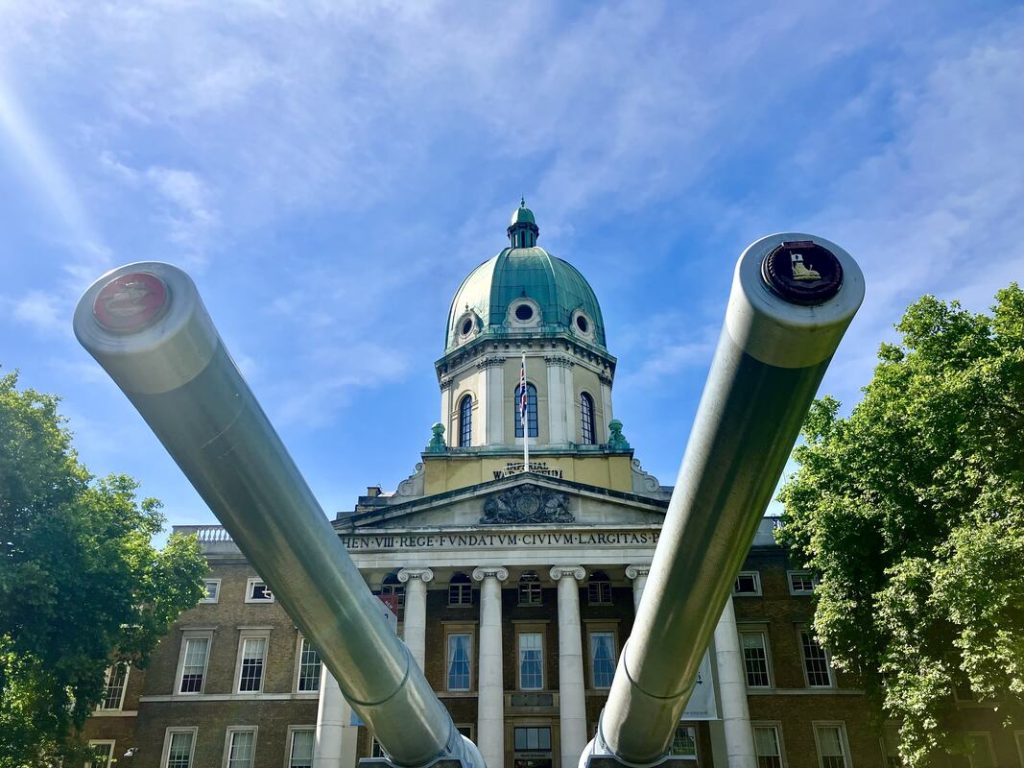
The two gargantuan naval guns in front of the main entrance are from the HMS Ramillies and HMS Resolution. Both were fired in action during the Second World War.
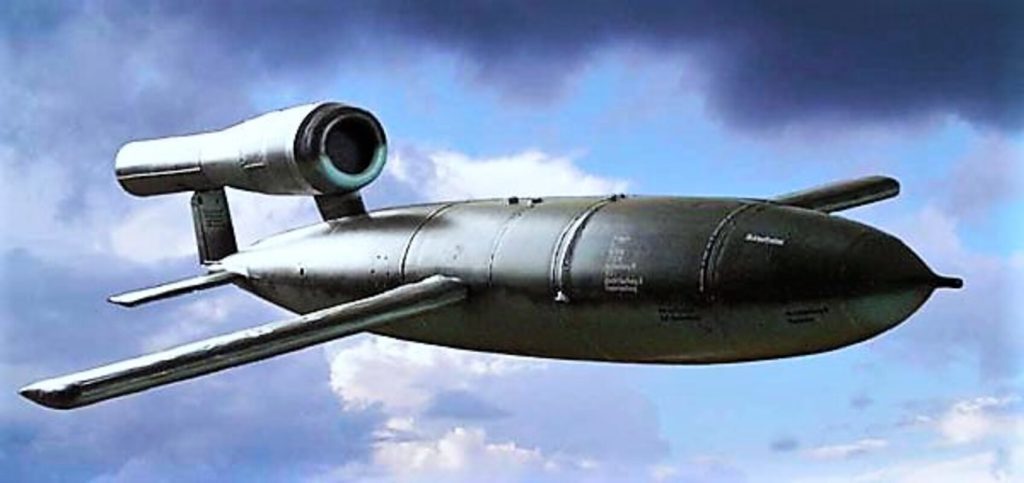
Unknown photographer
The “V” weapons were “Vergeltungswaffen,” (pronounced/Ferr-kel-toongs waffn/) the German word for “retaliation weapon.” The best-known V-weapons were the V-1 and V-2. The V-1 was the first cruise missile ever, but since it was powered by a loudly sputtering pulsejet, the British nicknamed it “doodlebug.” On June 13, 1944, in retaliation of D-day, the Nazis started using V-1 missiles.
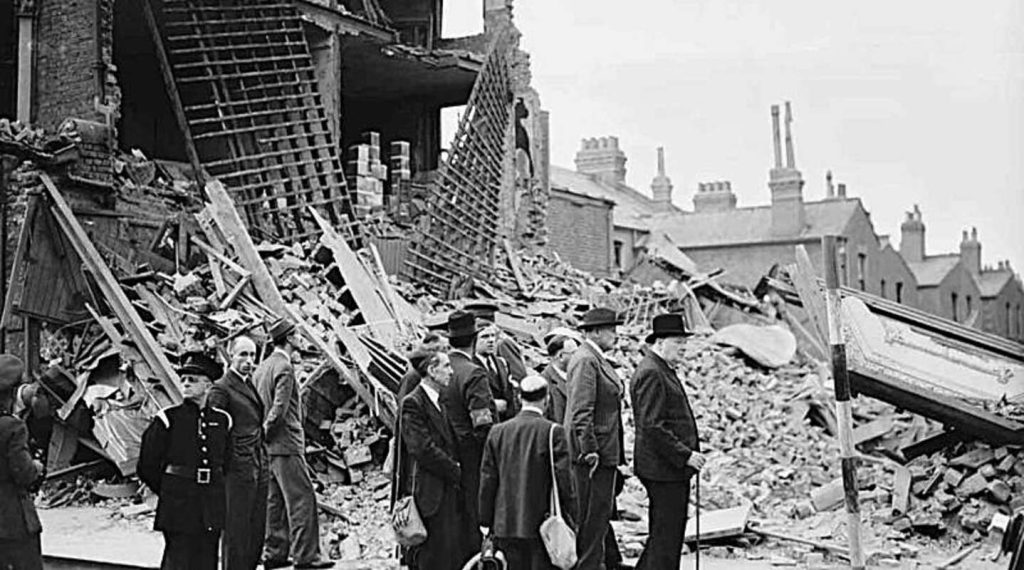
Unknown Photographer
That first V-1 “Doodlebug” hit Grove Road in London, killing 6, wounding 30, and causing 200 to be homeless. As it was the first serious bombing after the Blitz had ended, Churchill immediately inspected the site. More than 2000 would eventually hit London. Pilots destroyed many launch pads of V1s on the continent, but when these launch pads were replaced by mobile ones, the pilots had other ways of diverting the bombs; their spitfires “tipped” the bombs by literally flying right under the small wings of the V1 and pushing them a little bit so that they would tilt and instead of hitting England would drop in the Channel.
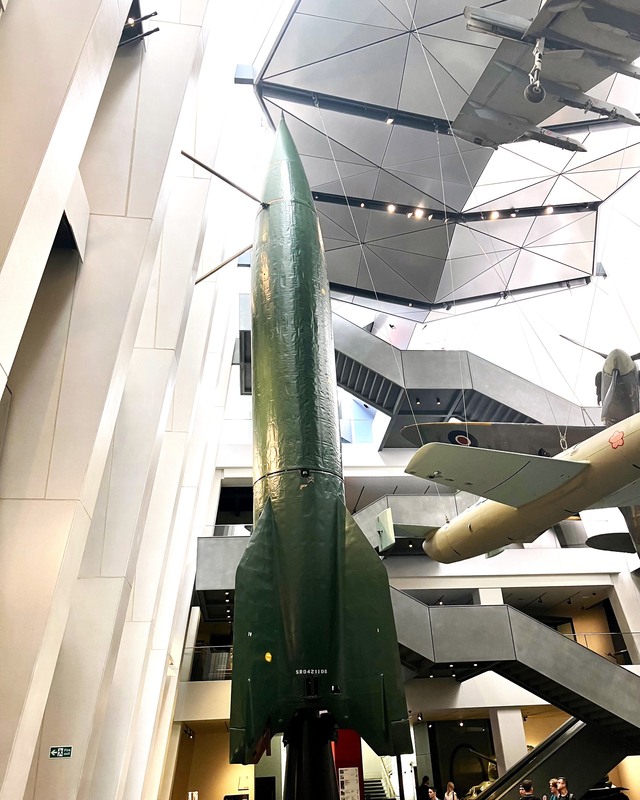
Picture credit: Jorinde @ the IWM
Before visiting the IWM, I did not realize that the V-2 was such an awe-inspiring monster. From September 1944 onwards, the V-2, the first long-range guided ballistic missile, was launched mostly from Holland to hit Belgium and England. Over 500 V-2s hit London. After the war, calculations revealed that 20,000 prisoners who had been forced to build the V-2 rockets in death camp Mittelbau-Dora were killed, while the victims of the V-2 bombings amounted to a total of about 9,000. Kairos’ friend, Kasper Barneveld, was one of very few prisoners who had been forced to build V-2s and lived to talk about it.
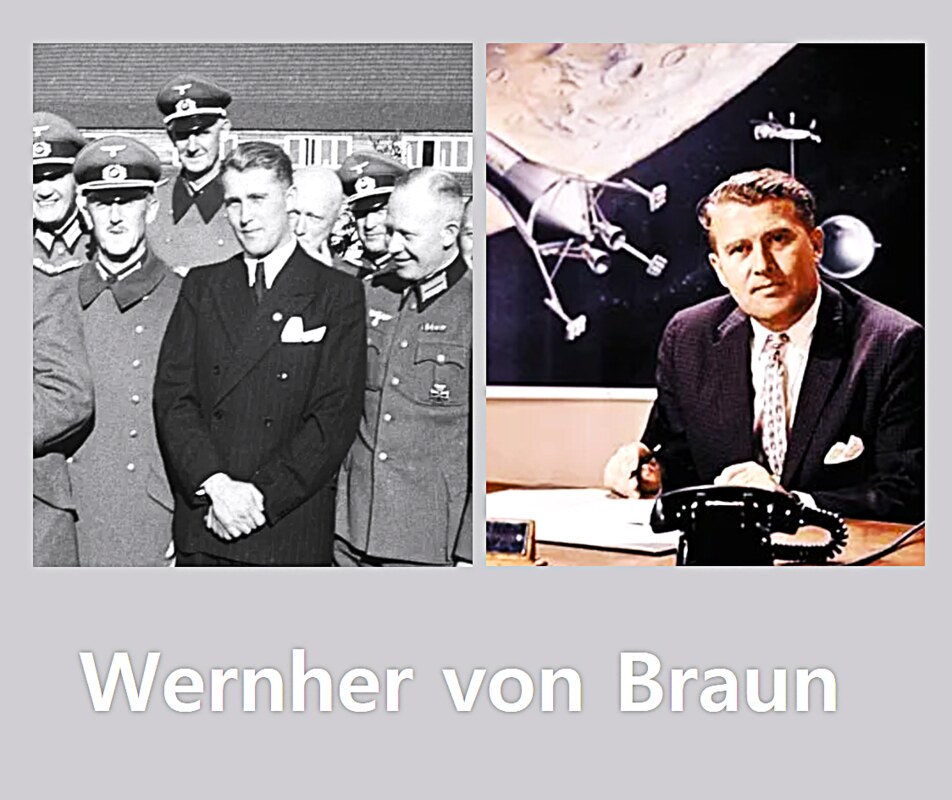
The 1941 picture is from the Bundesarchiv & the 1964 picture is from NASA
Oddly enough, the V-2’s engineer, Wernher von Braun as well as Kasper and Kairos all ended up in the USA. Von Braun went on to play a key role in the US space program that landed the first man on the moon, beating the Russians to it… What was Von Braun’s punishment for creating weapons of mass destruction and for being part of one of the most murderous regimes in the history of the world?
None… He was given a house and job at Fort Bliss in Texas!

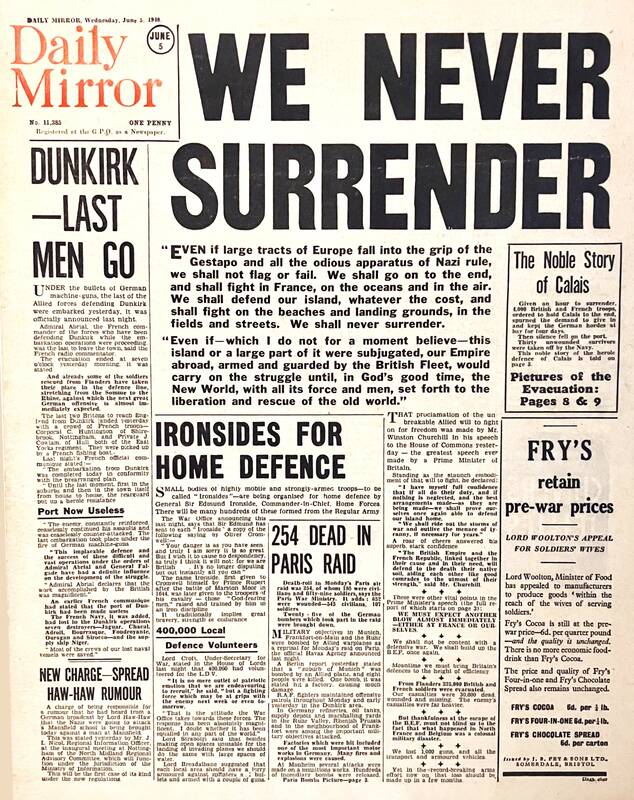
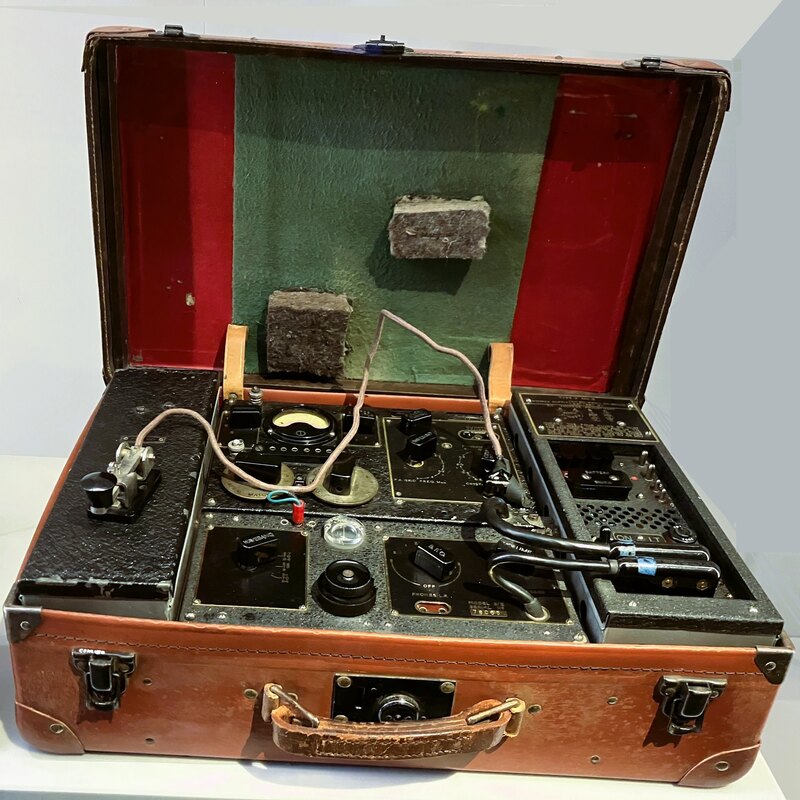

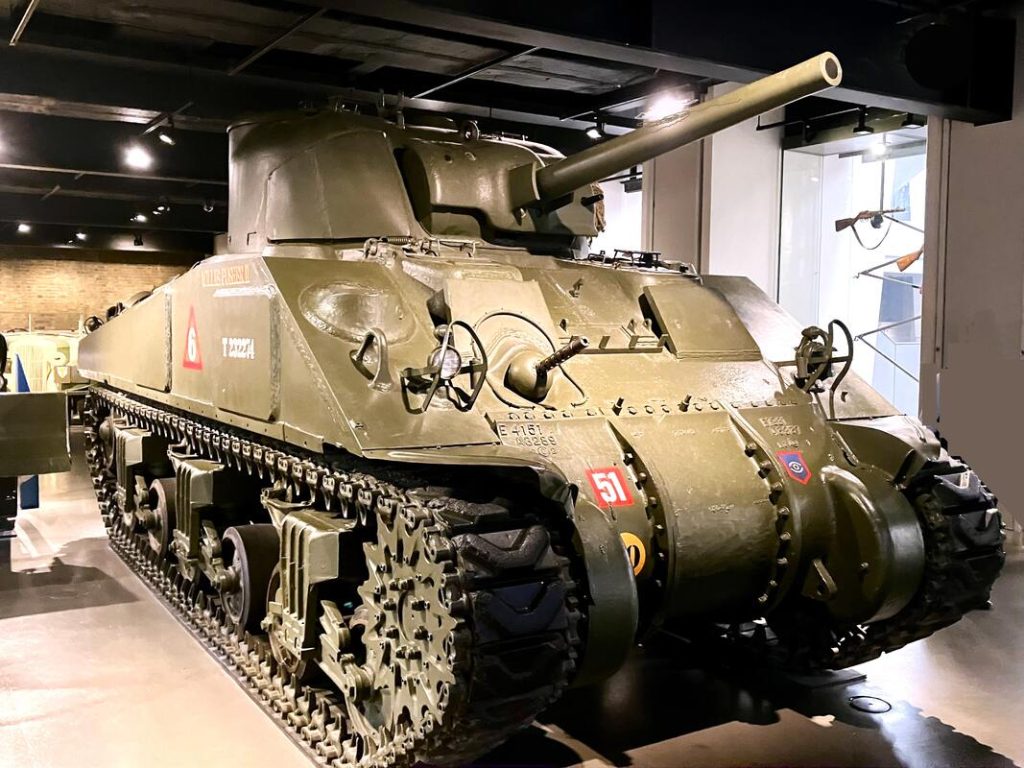
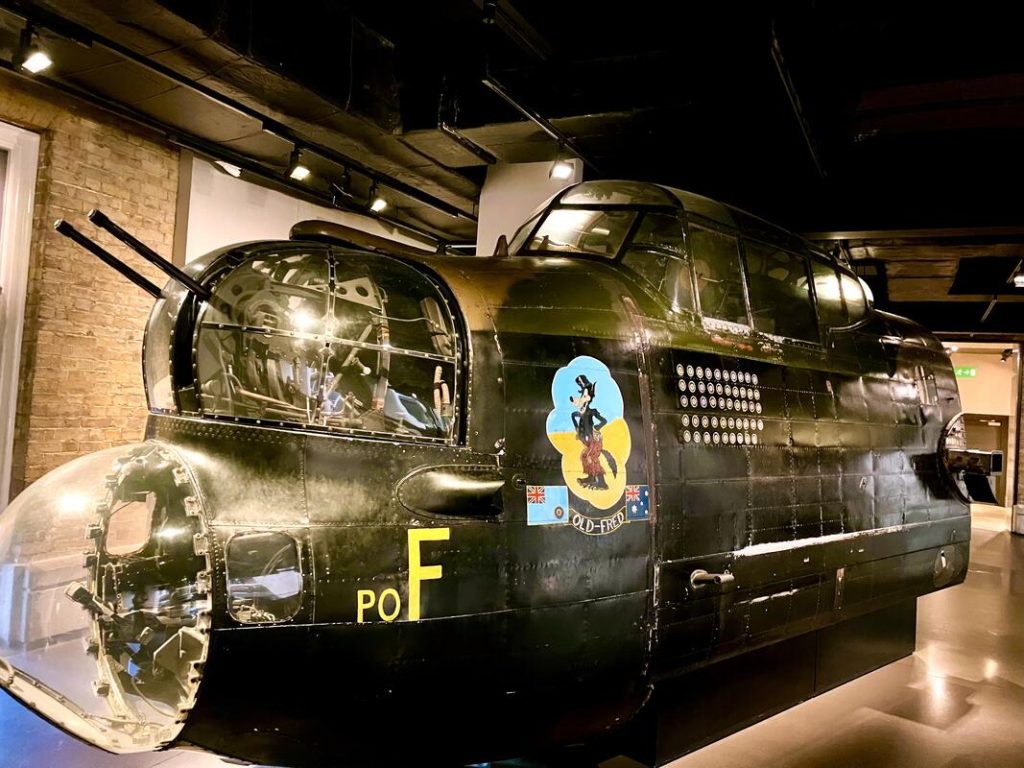
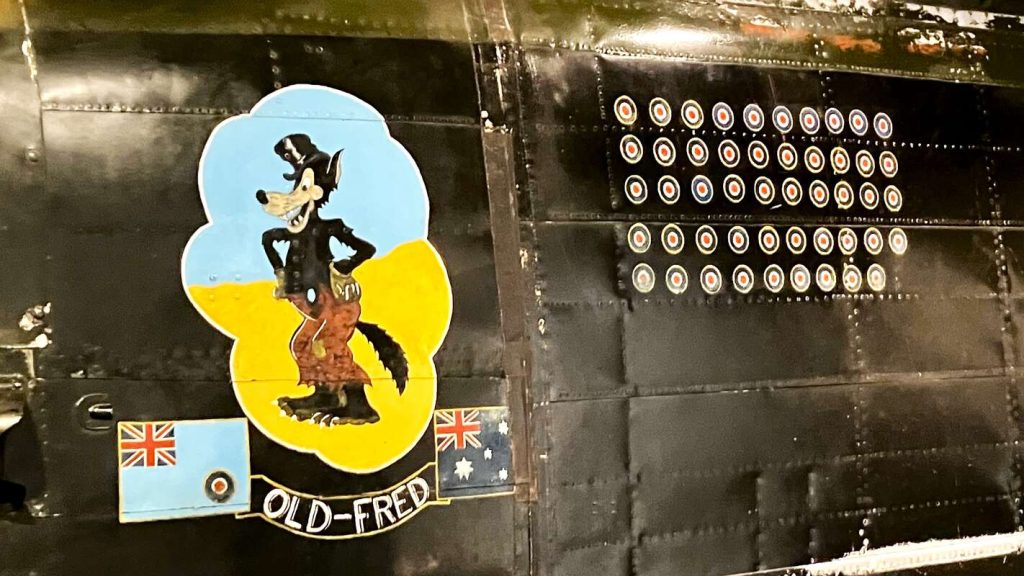
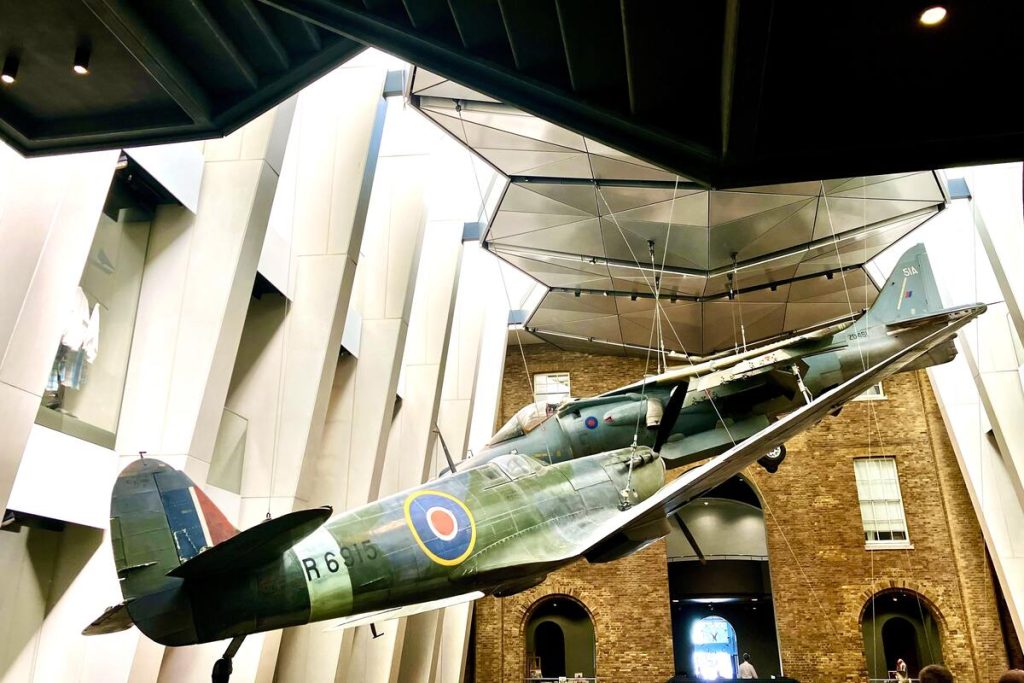
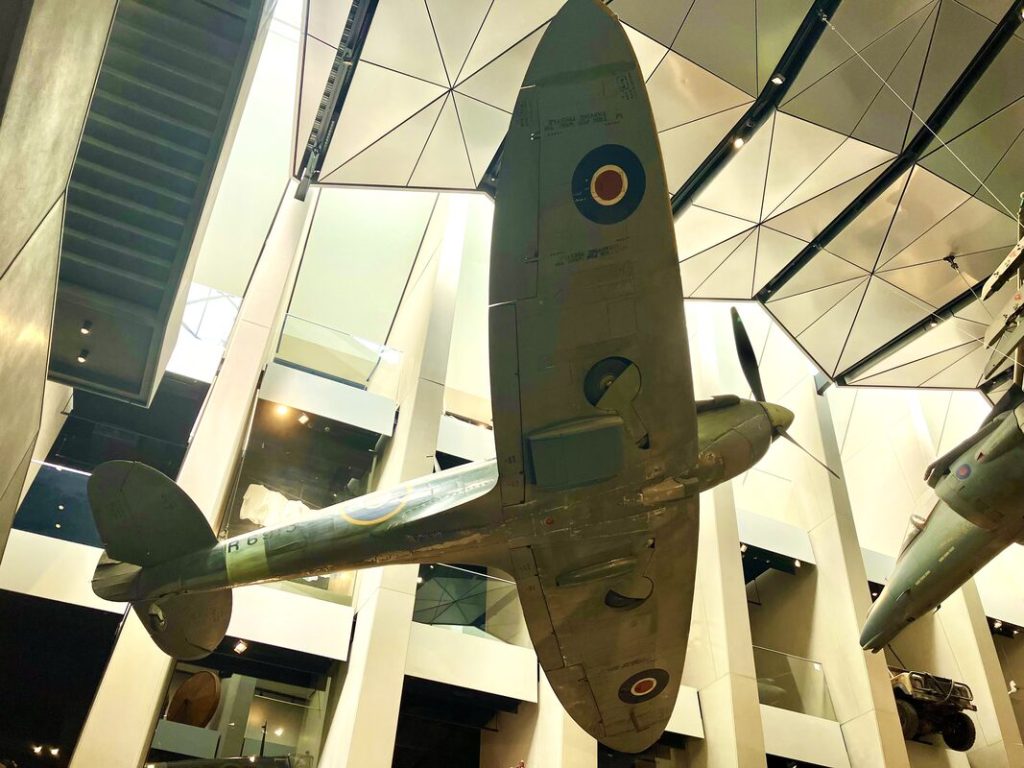
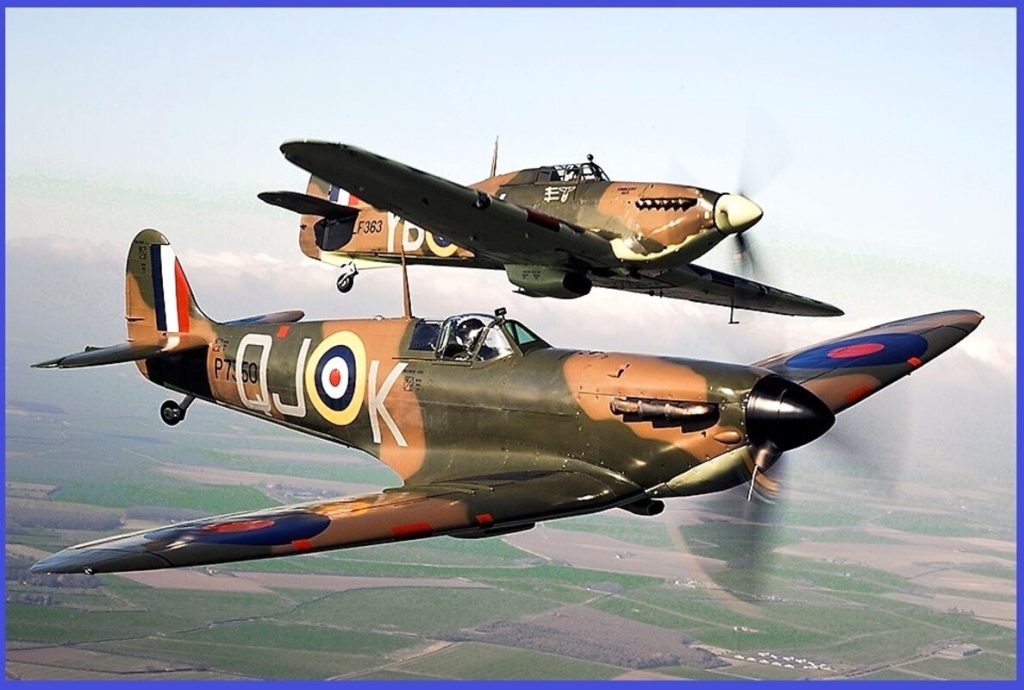

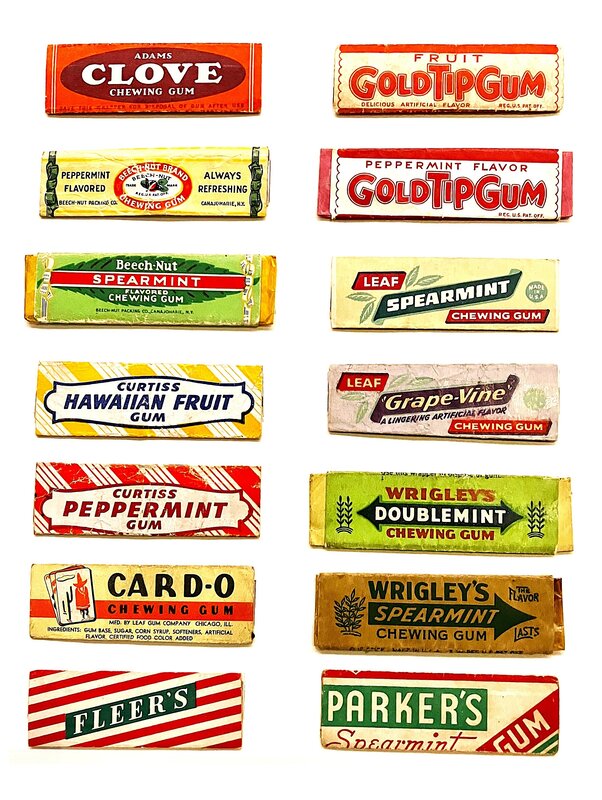
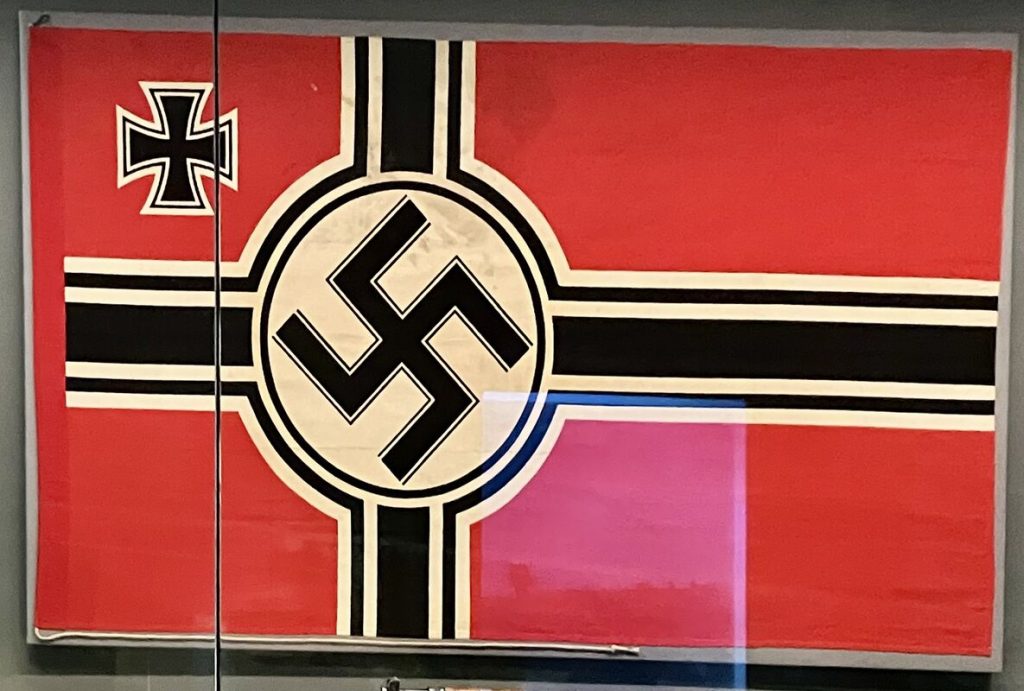
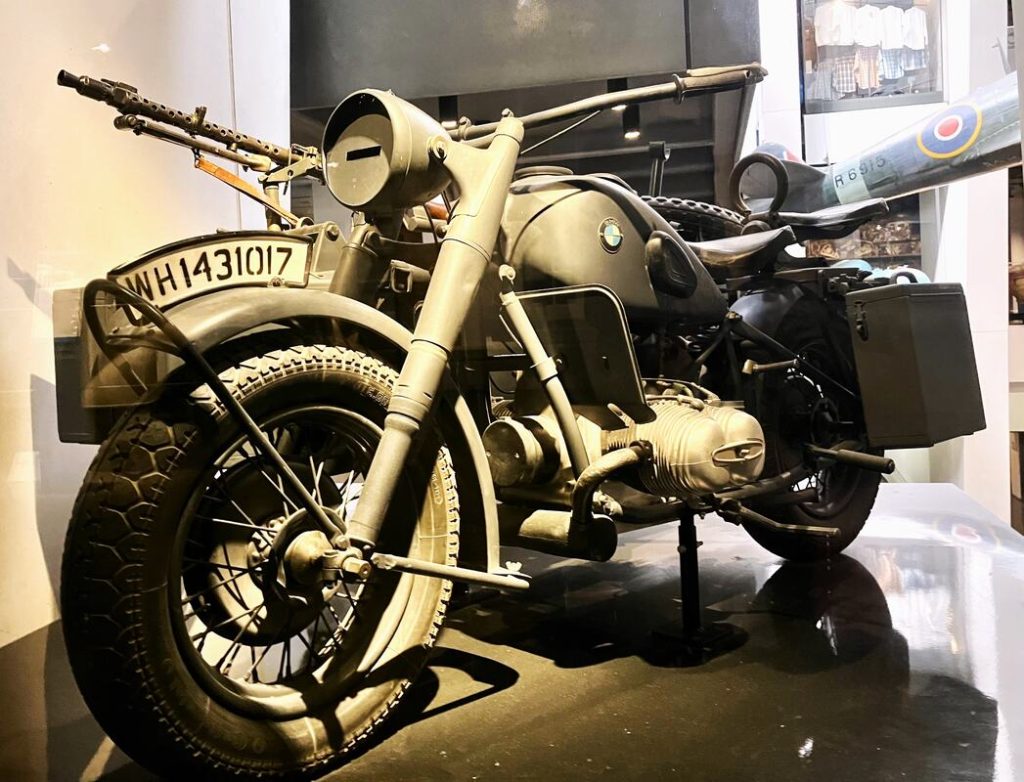
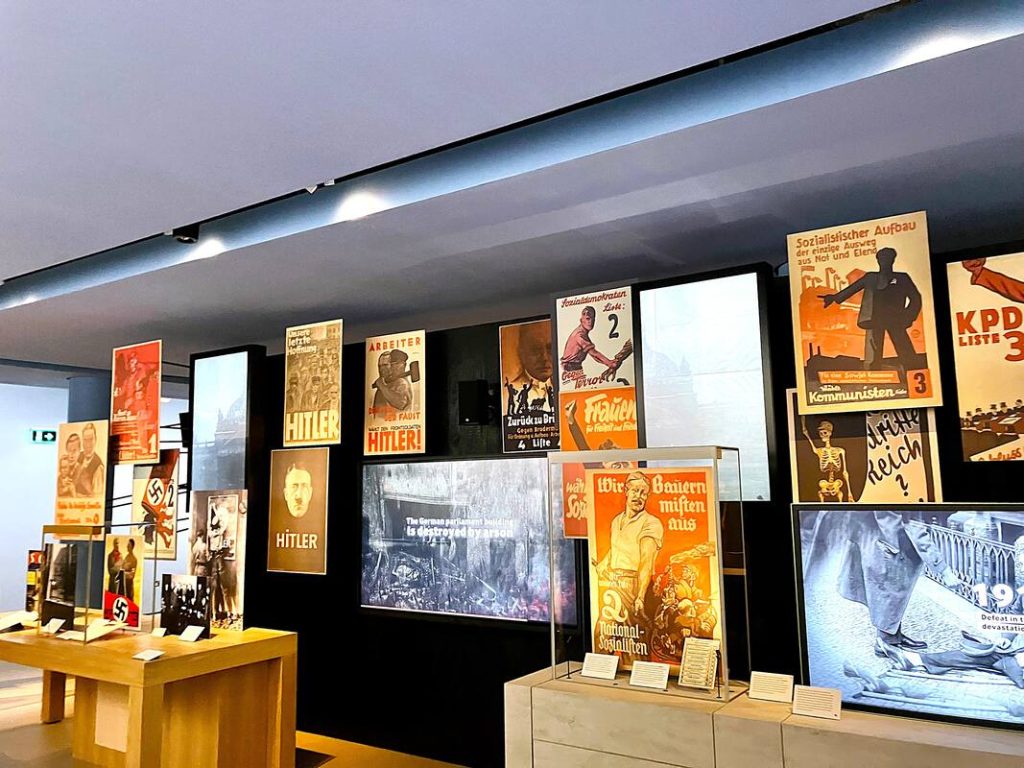
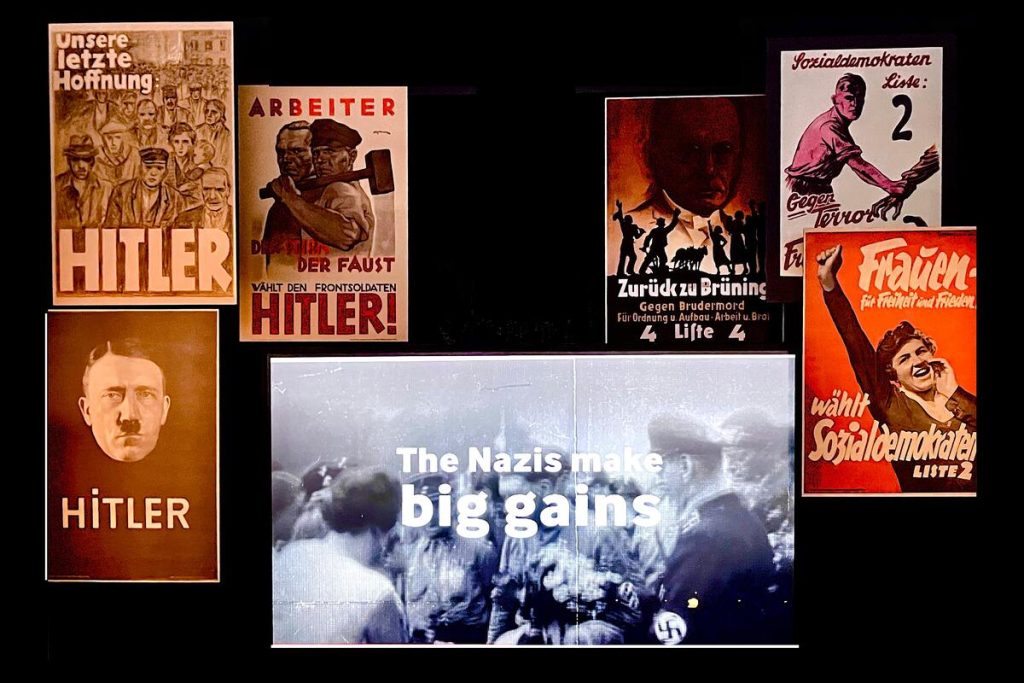
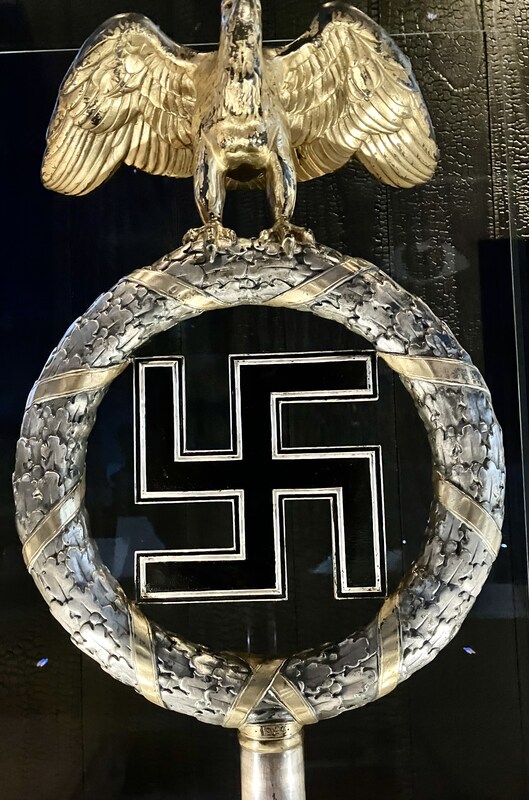

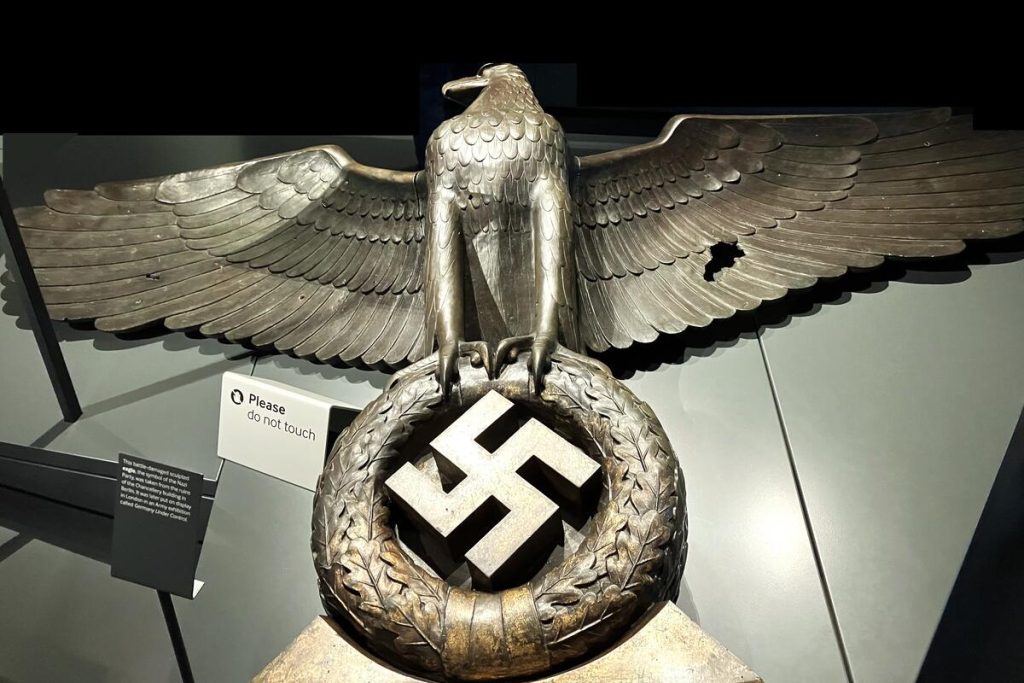
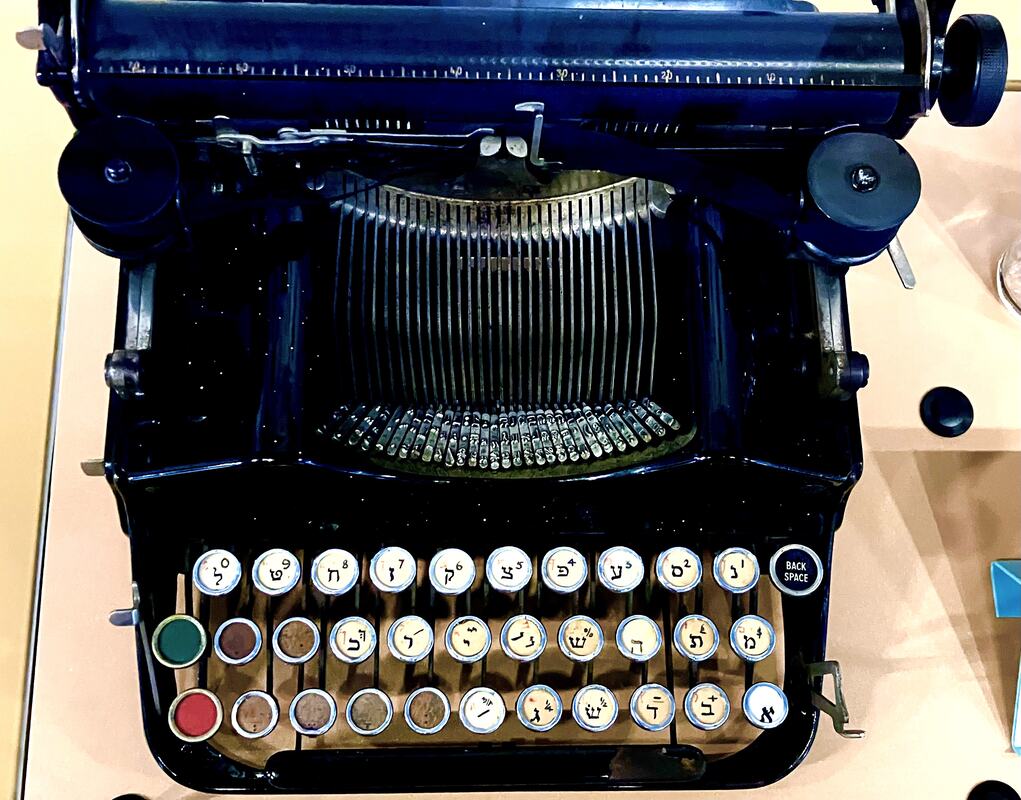
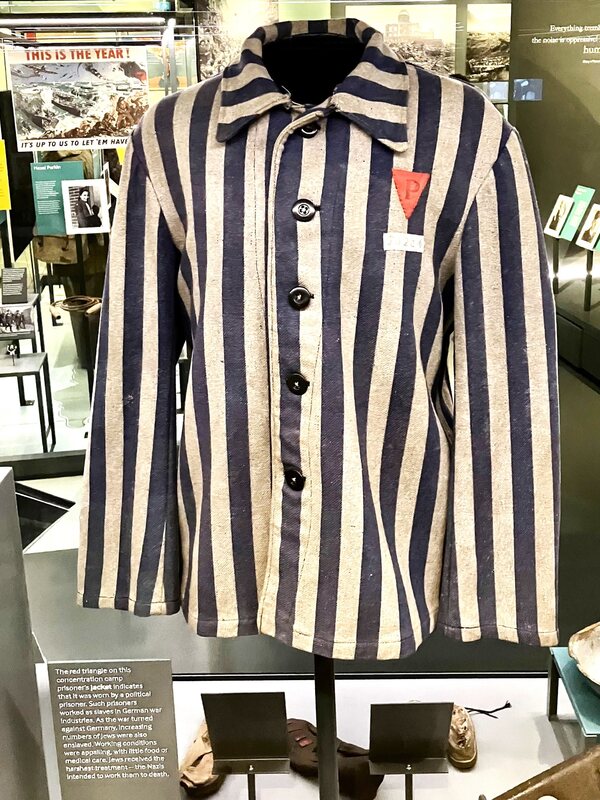
Inside the IWM, there are huge objects like a Lancaster Bomber, a Spitfire, and a V-2 bomb, yet they don’t take away from the more intimate stories told about the lives of ordinary citizens in times of war. Of the 10 million objects in its collection, the IWM only displays about 1% at a time!
Some other interesting artefacts I saw at the IWM were a German BMW motorcycle, a Nazi flag and standard, a bronze 550-pound eagle that used to adorn the Reich‘s Chancellery in Berlin, a radio transmitter in a suitcase, a typewriter with the Hebrew alphabet, propaganda posters, and American Chewing gum-symbolic of the “Friendly Invasion.”
For more information, check out: https://www.iwm.org.uk/visits/iwm-london
similar galleries
discover
JOIN MY NEWSLETTER
To receive announcements about new blogs, images, essays, lectures, and novels, please sign up.
